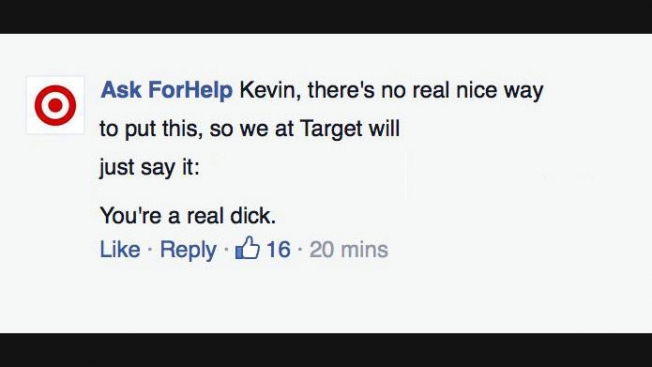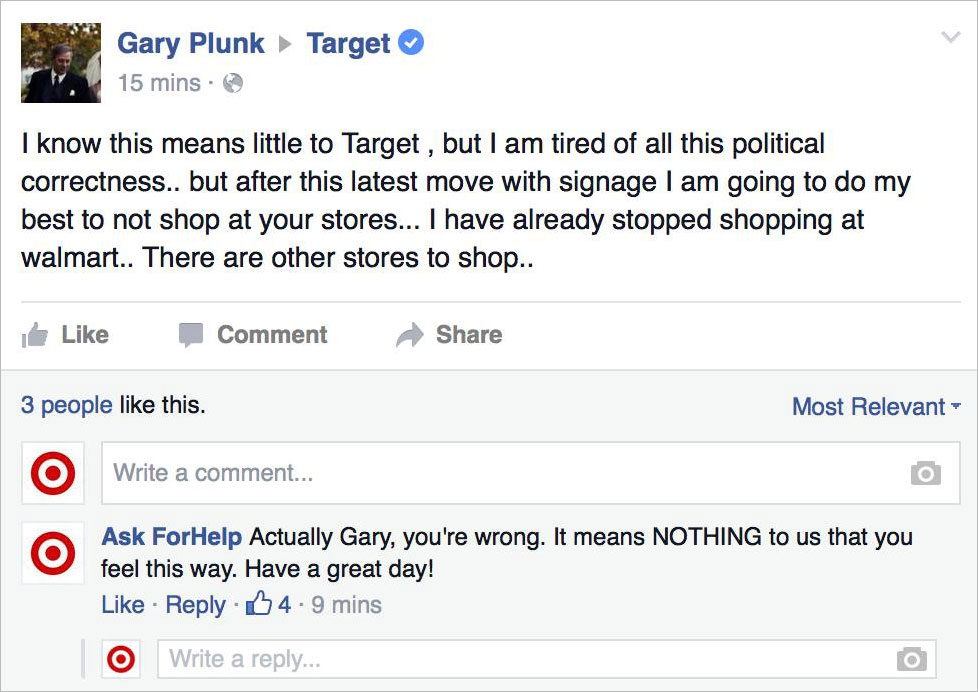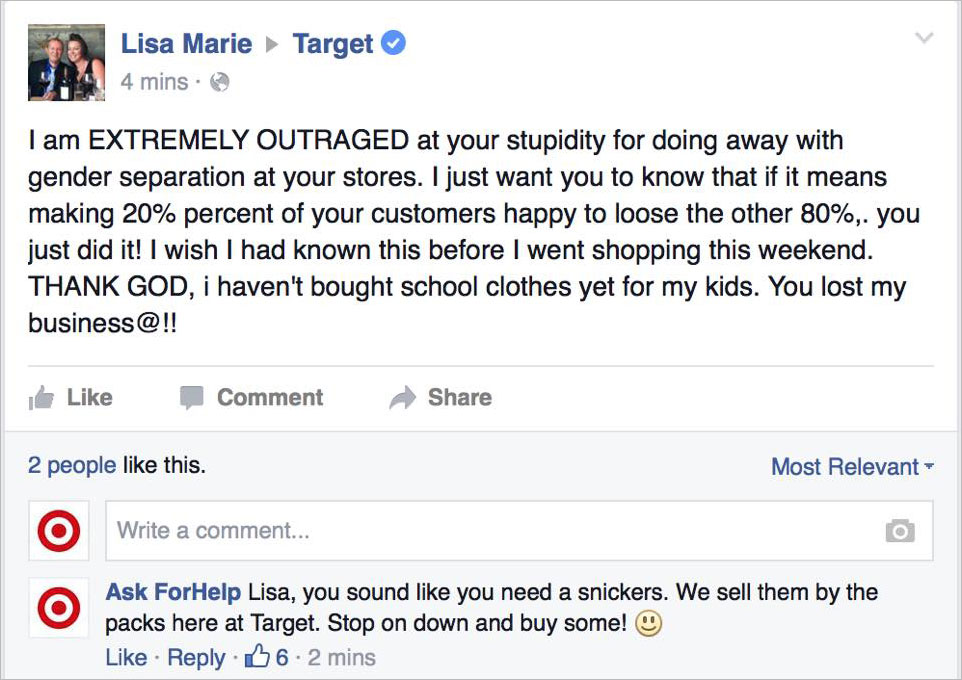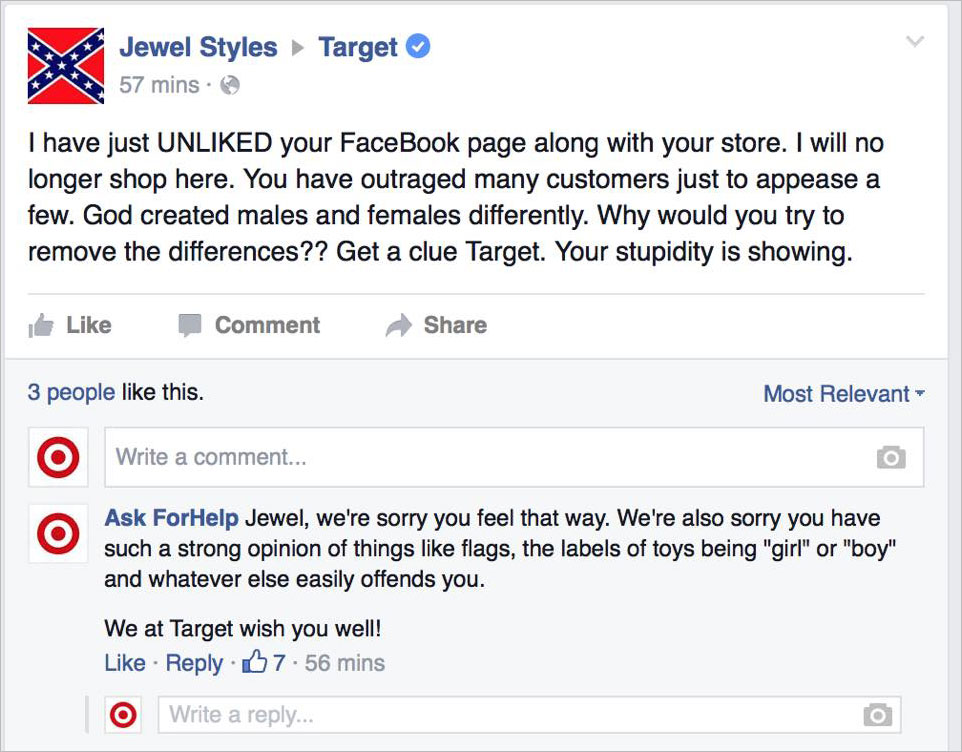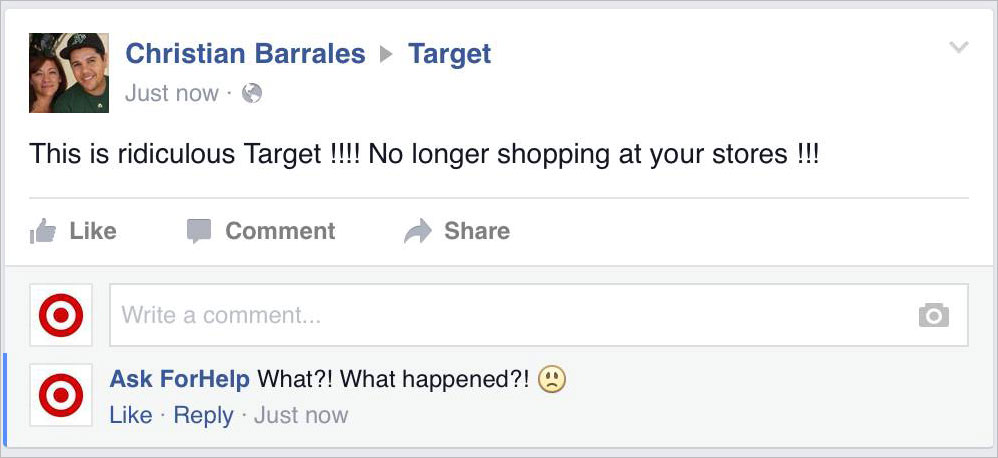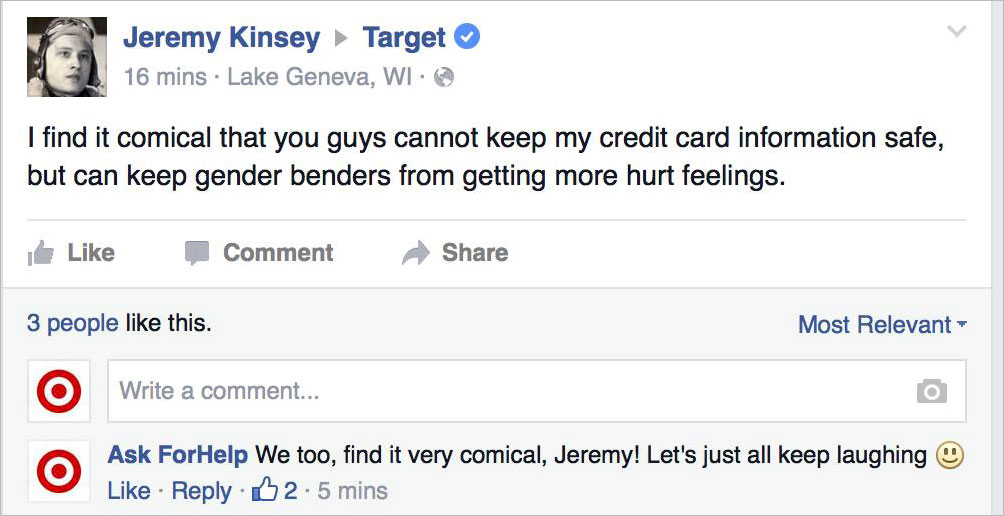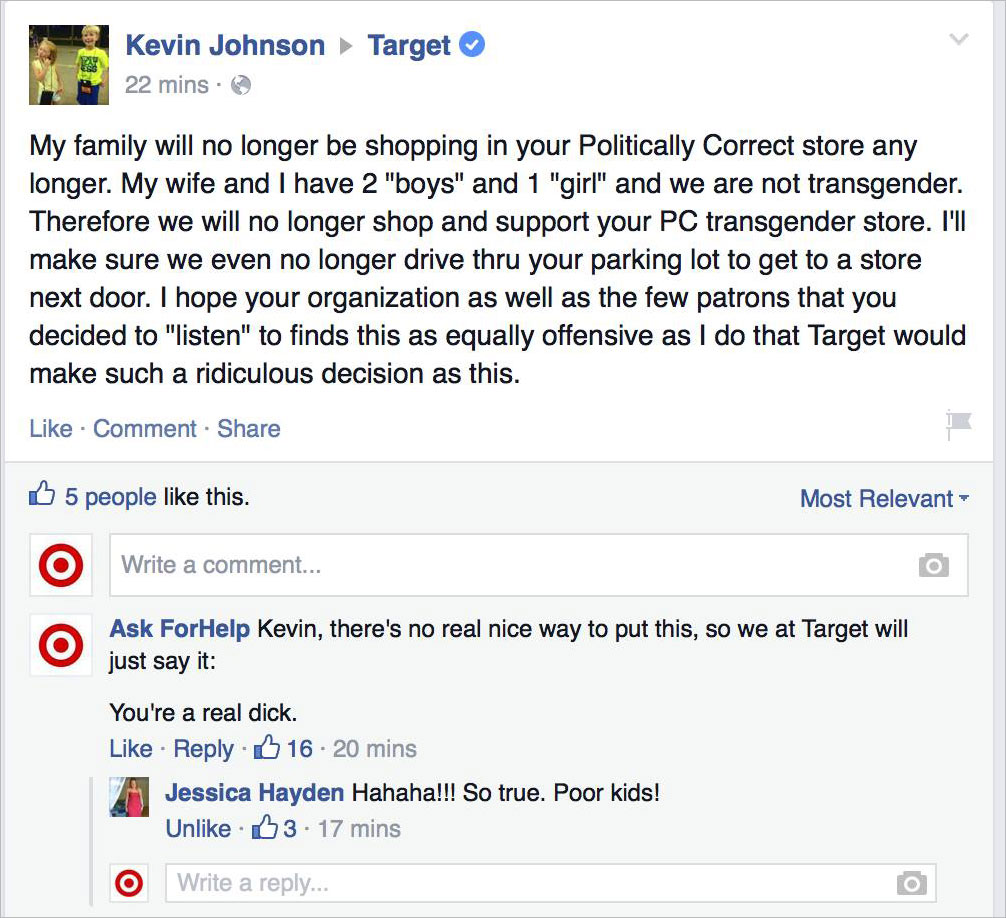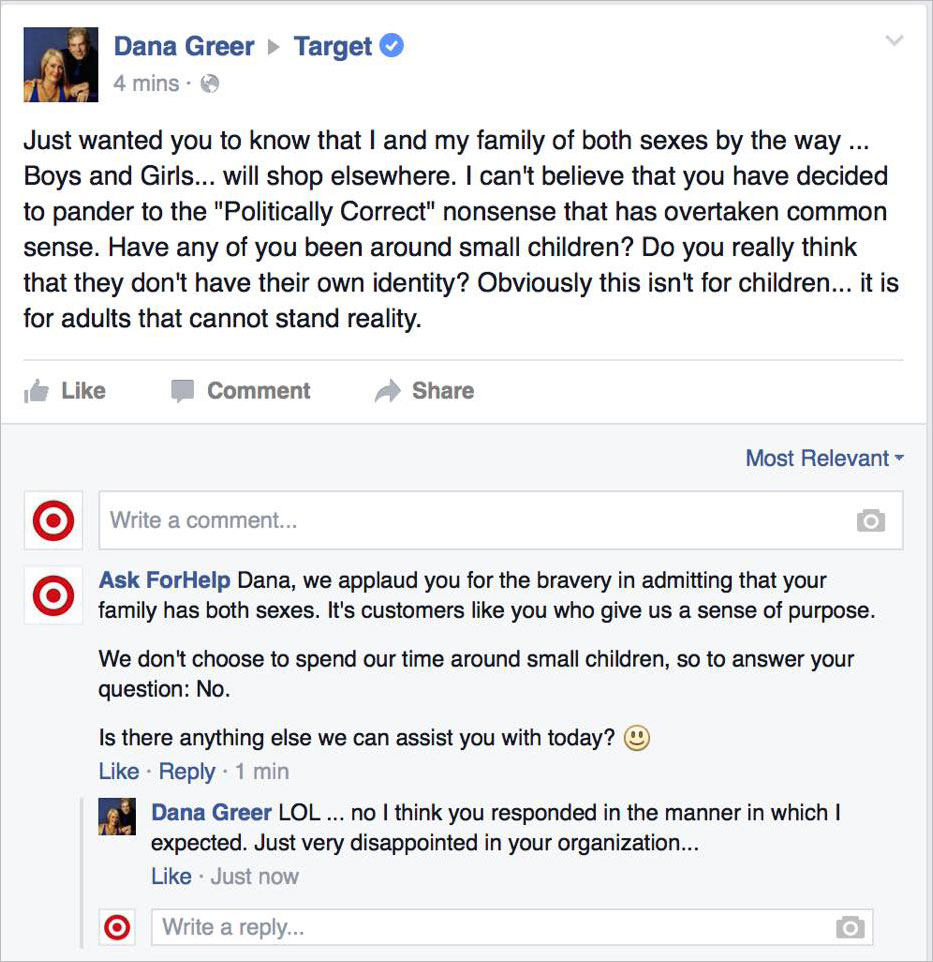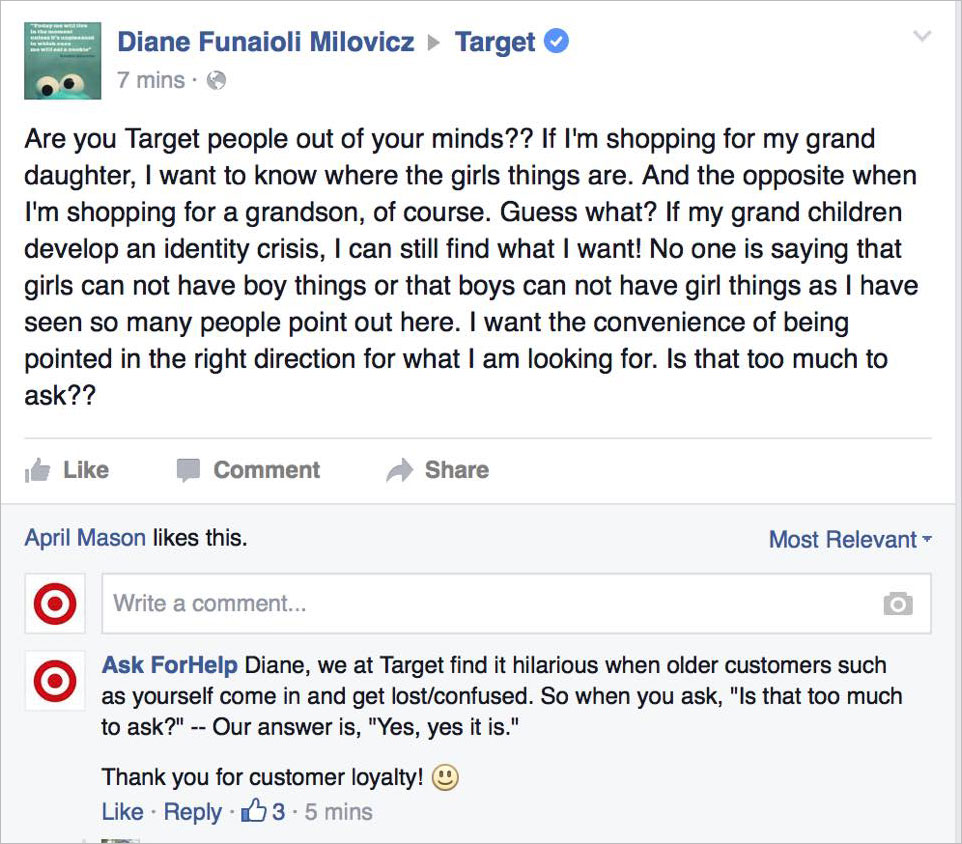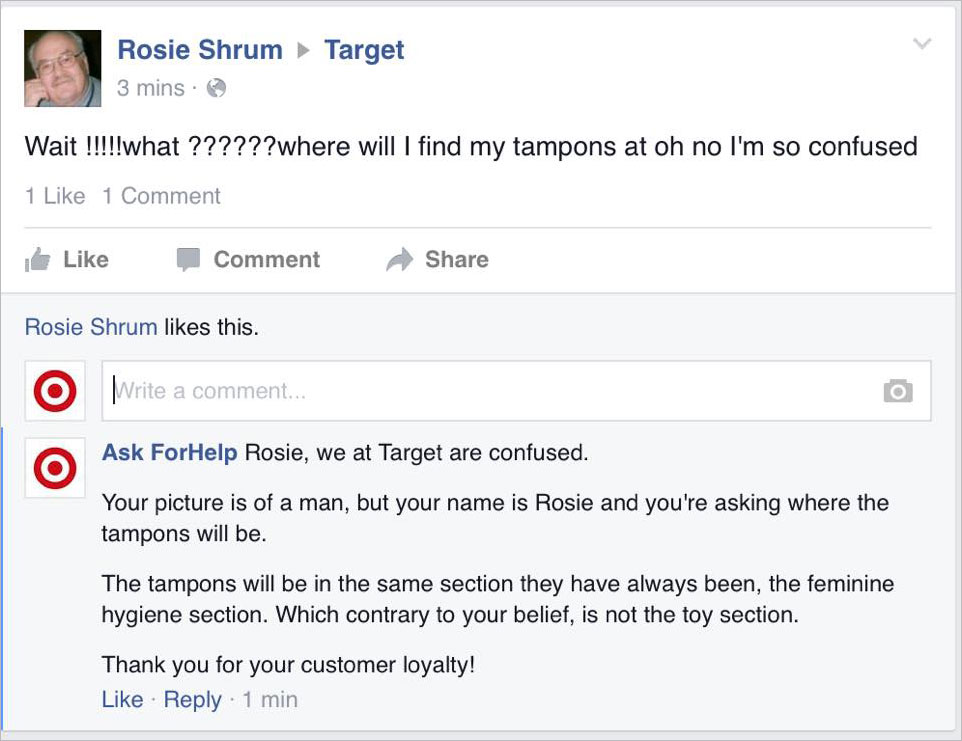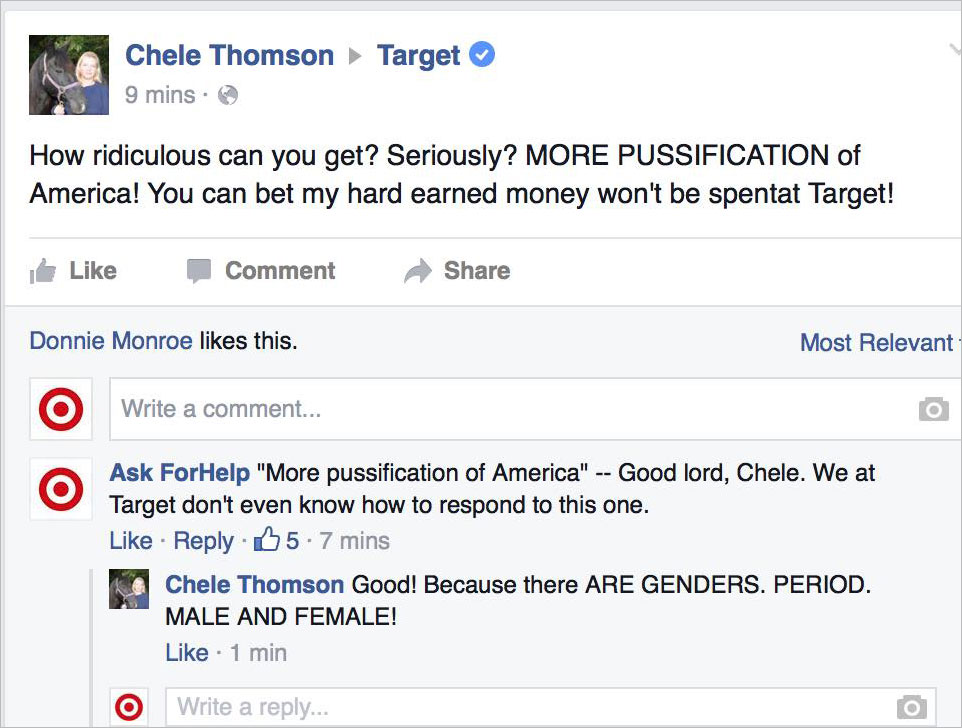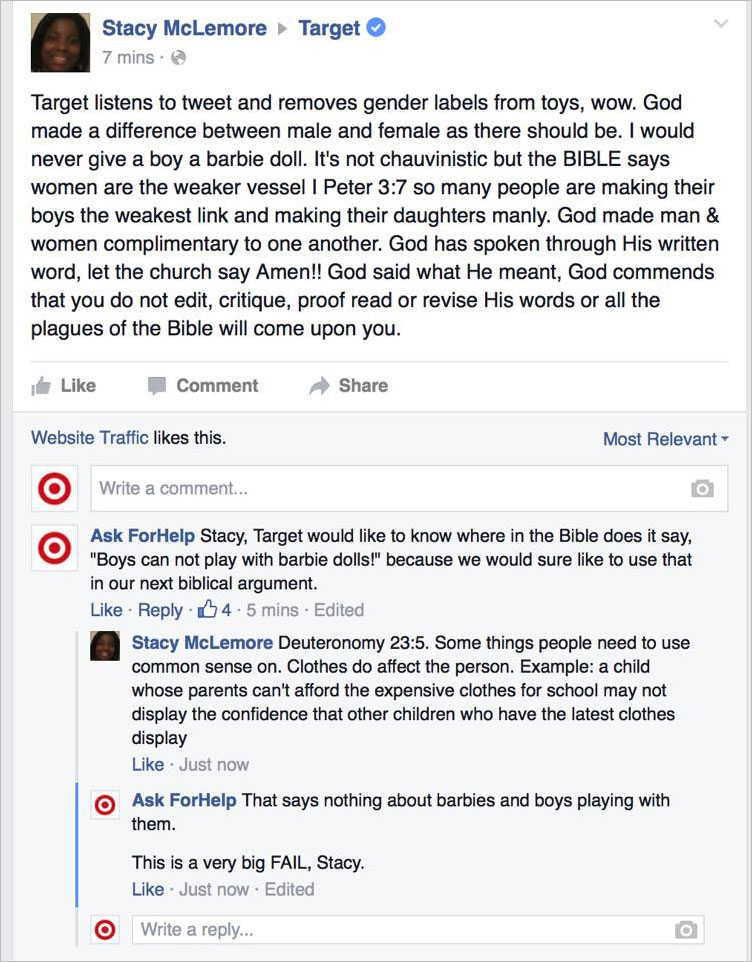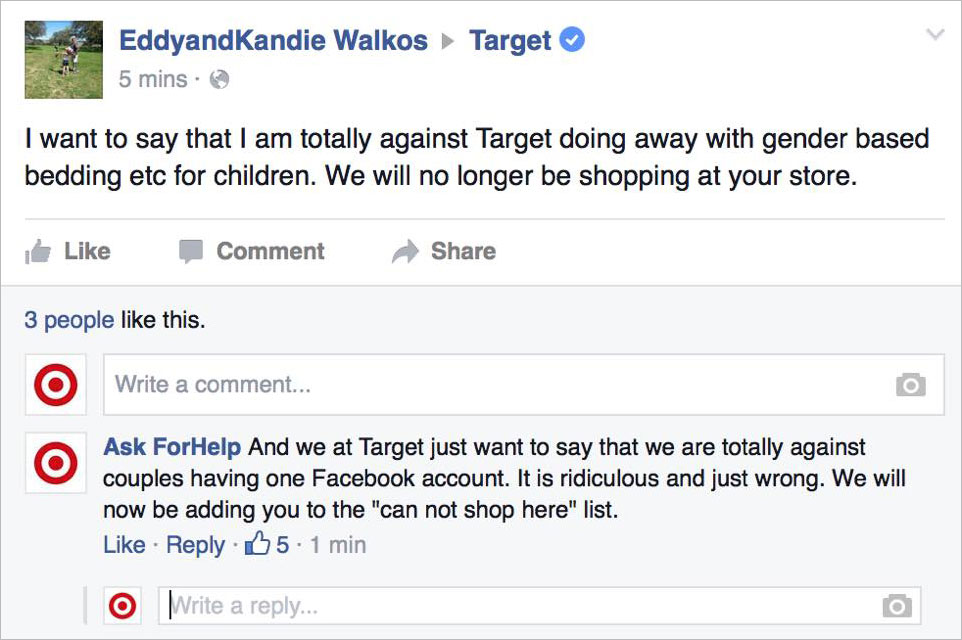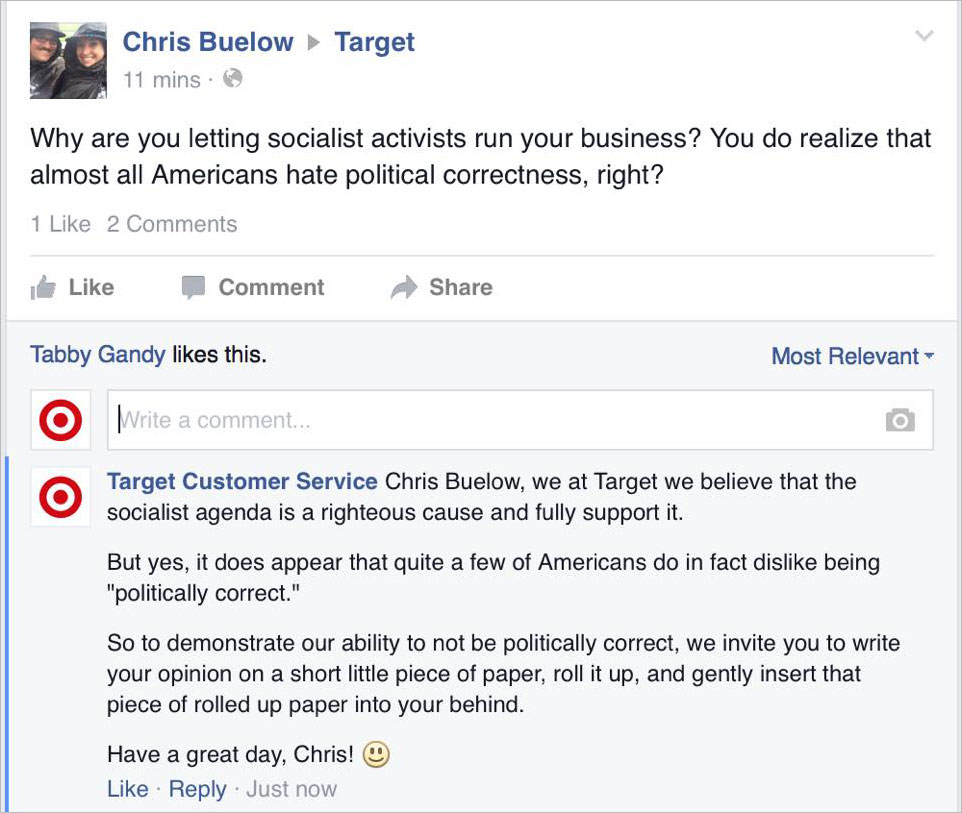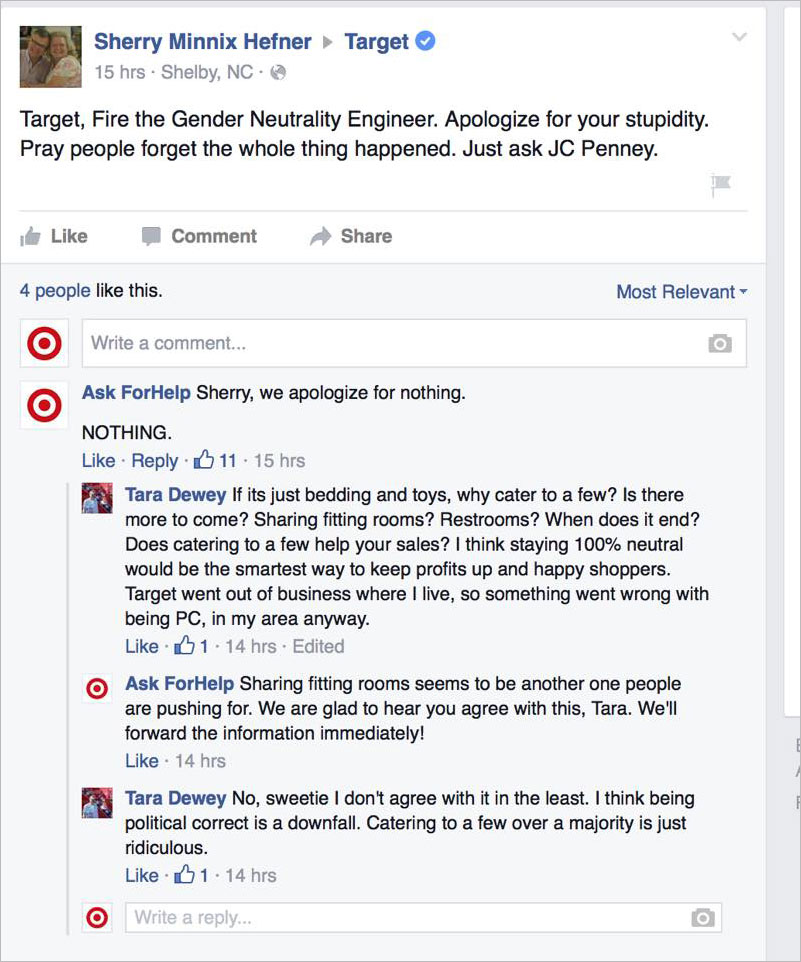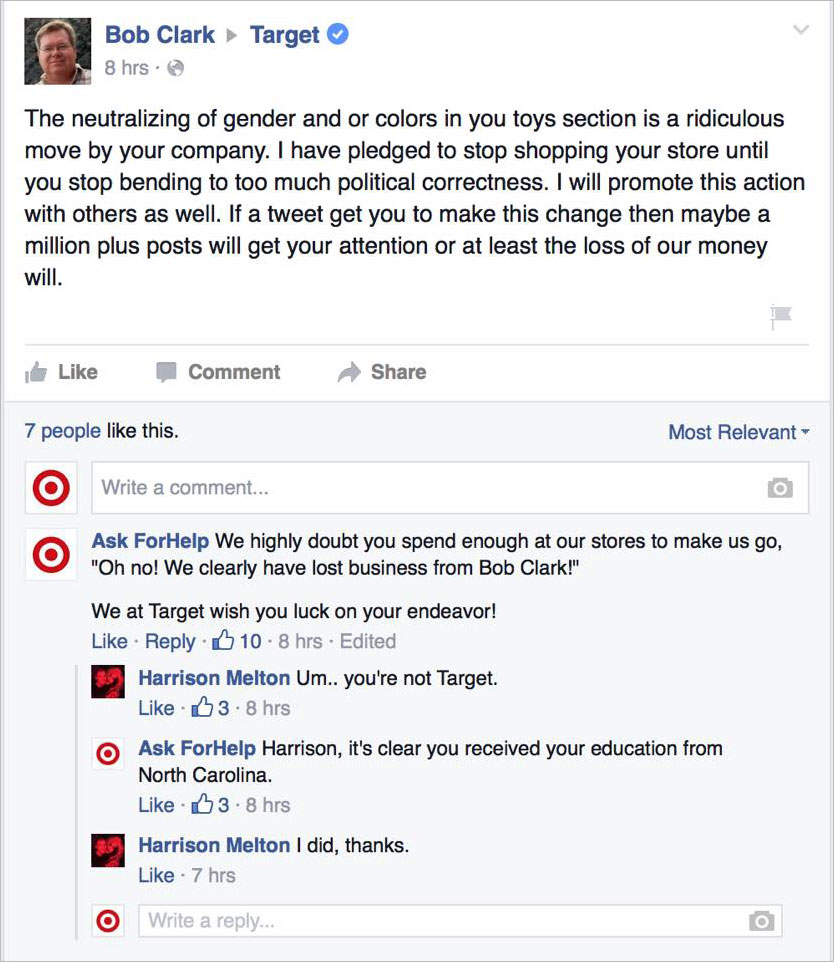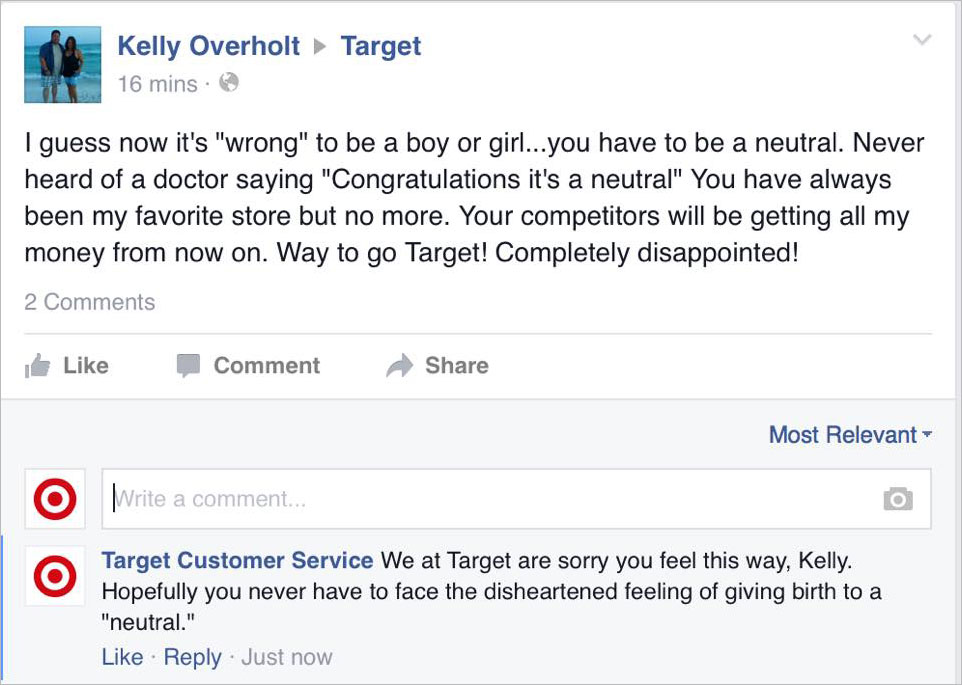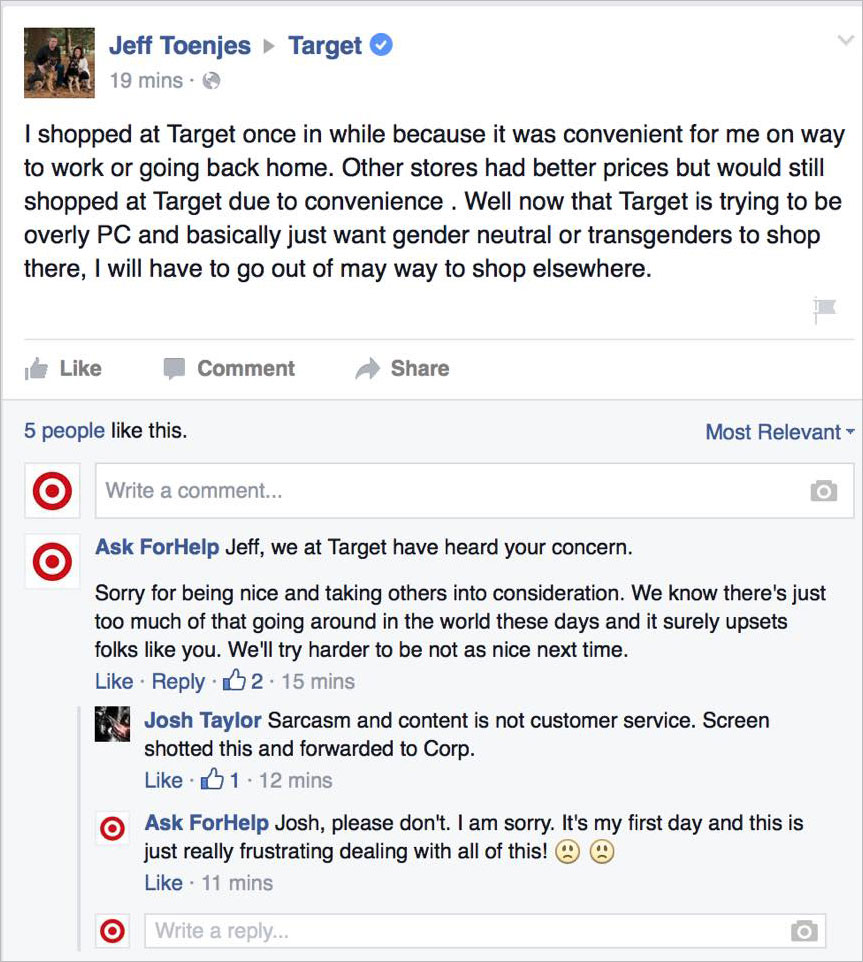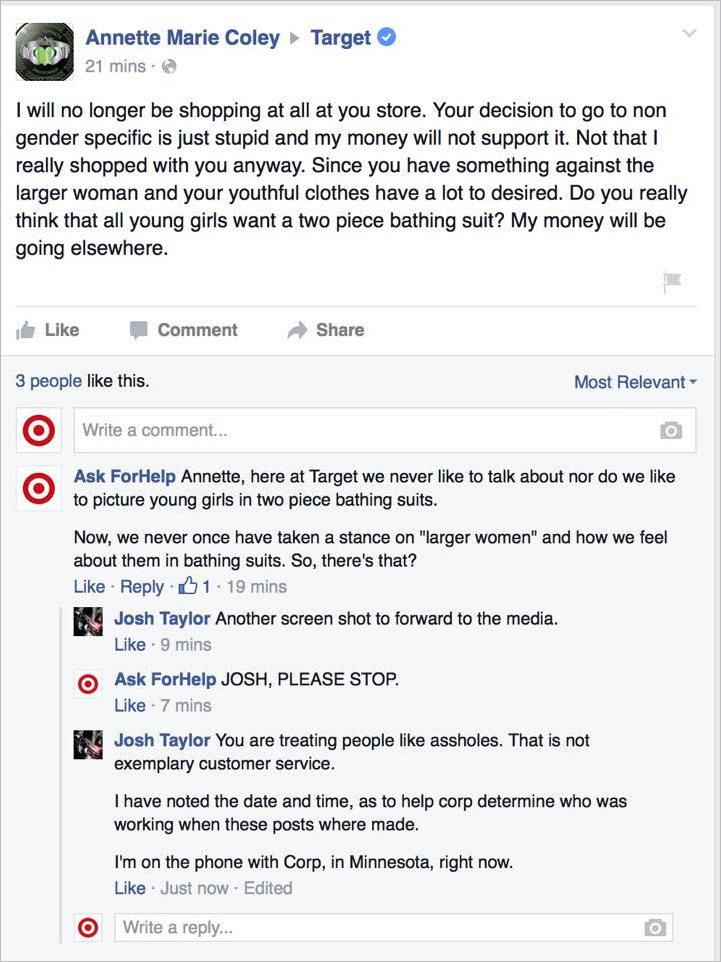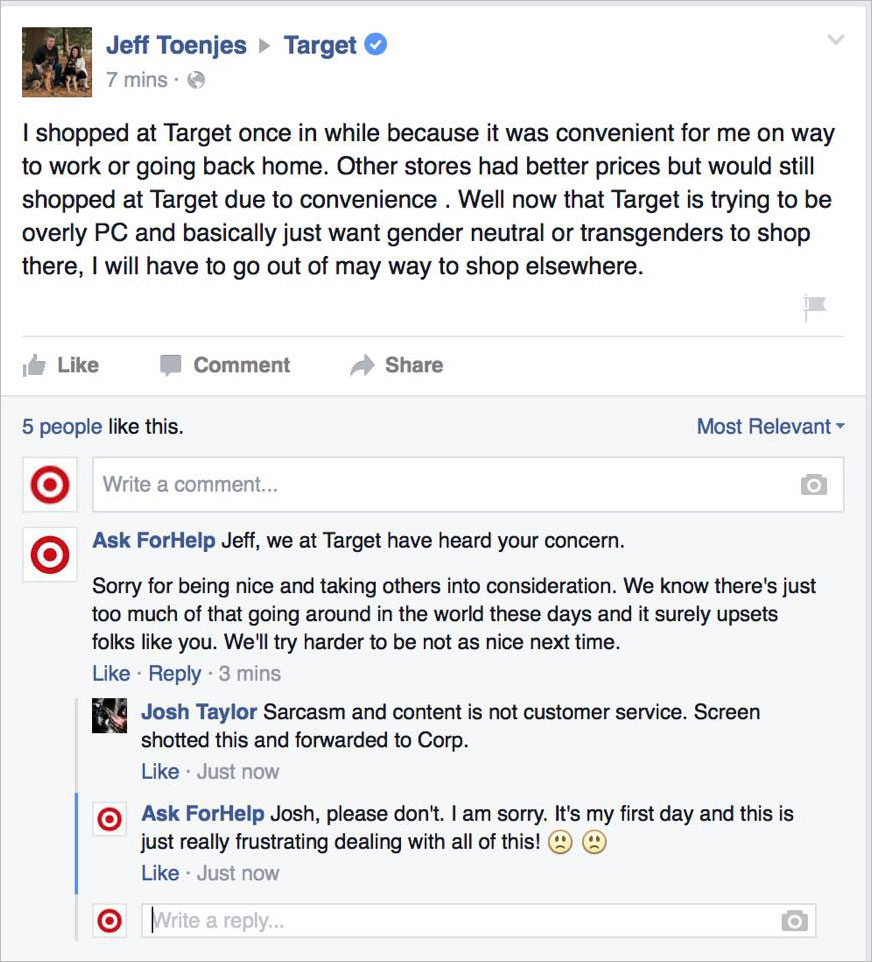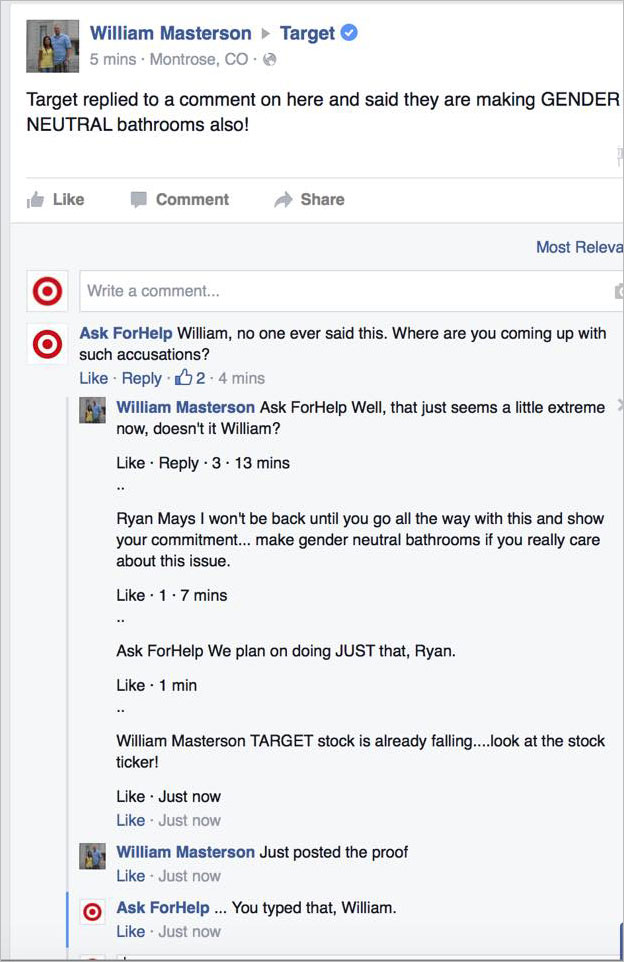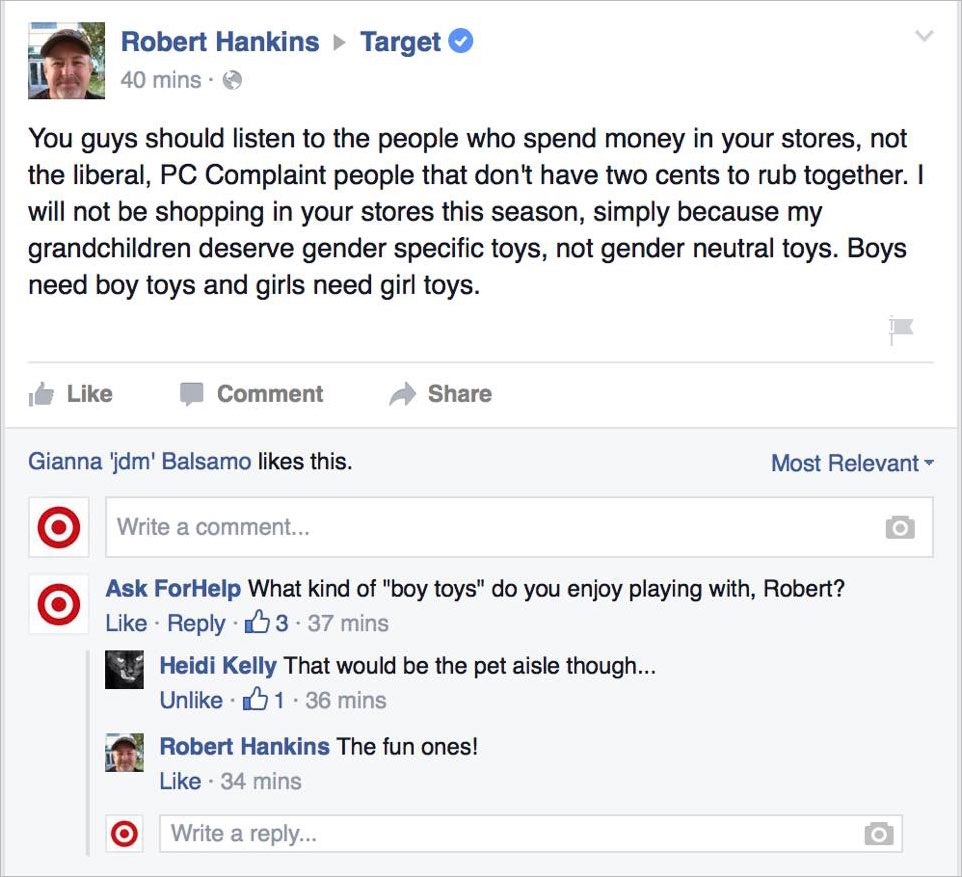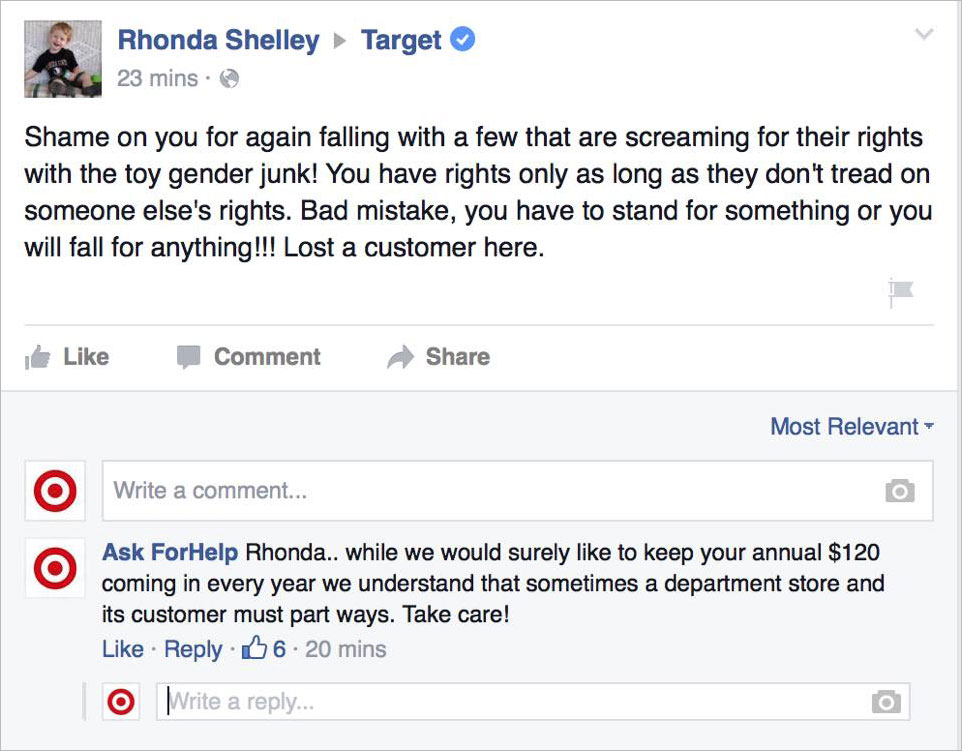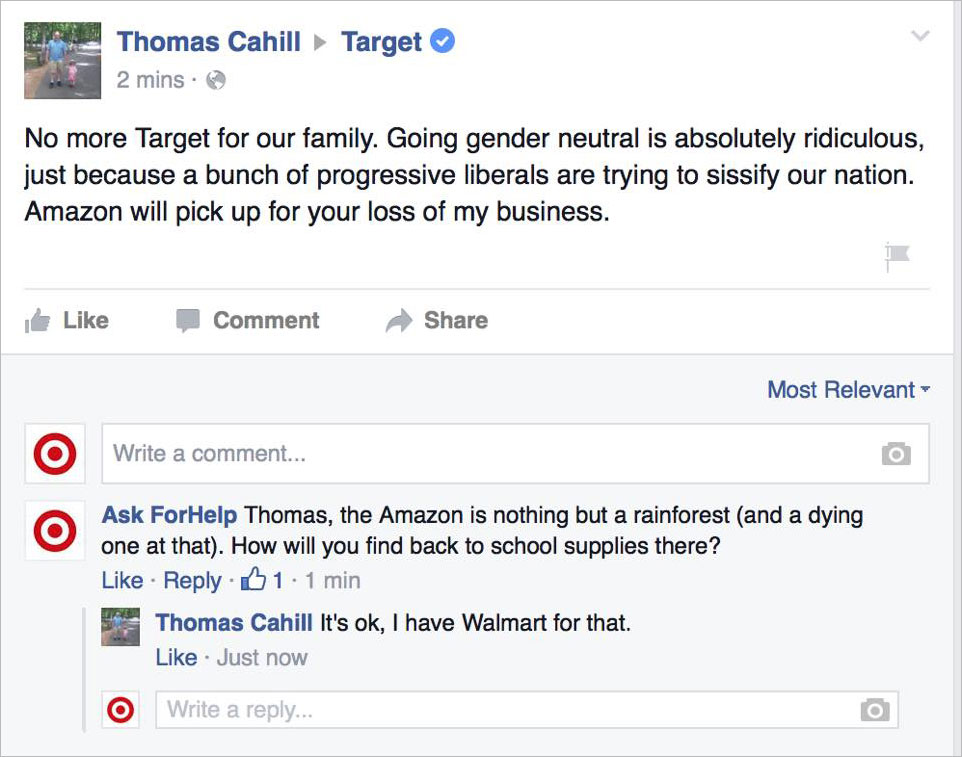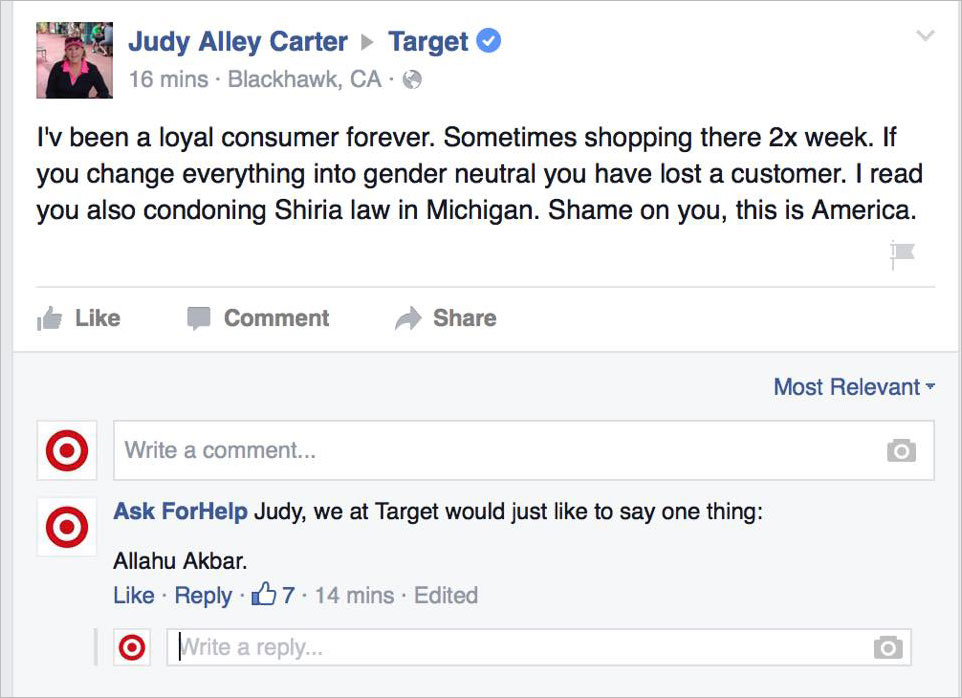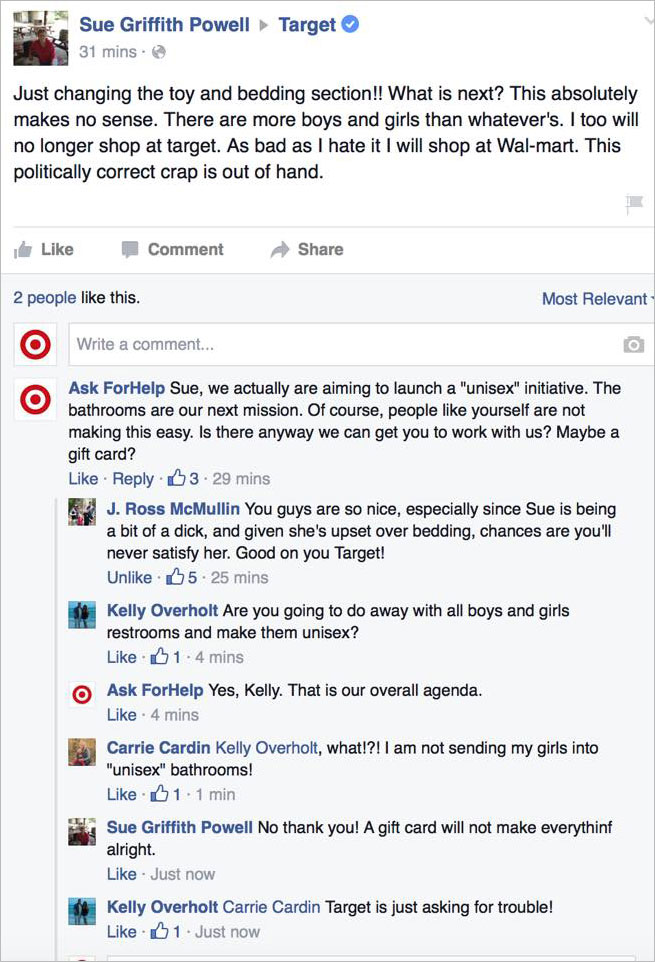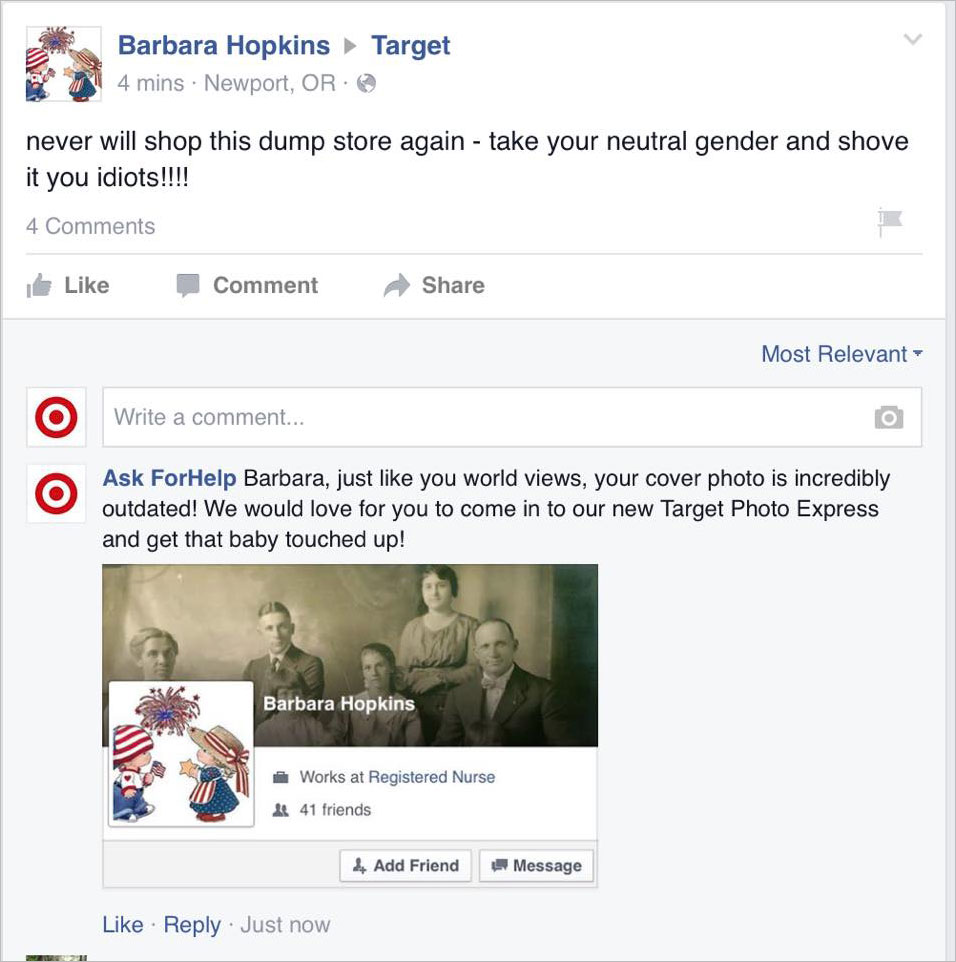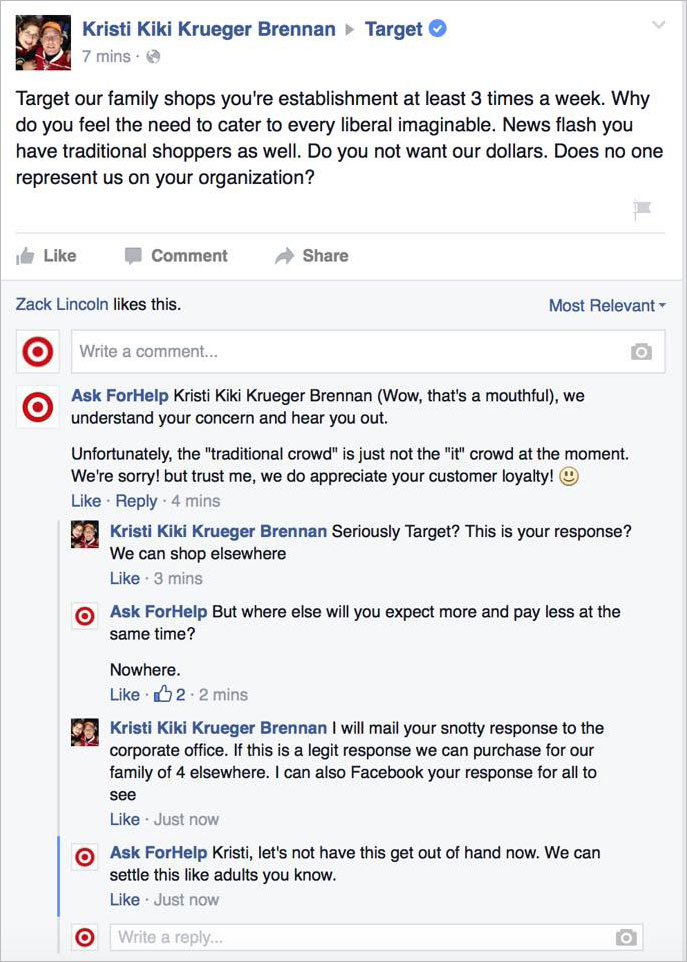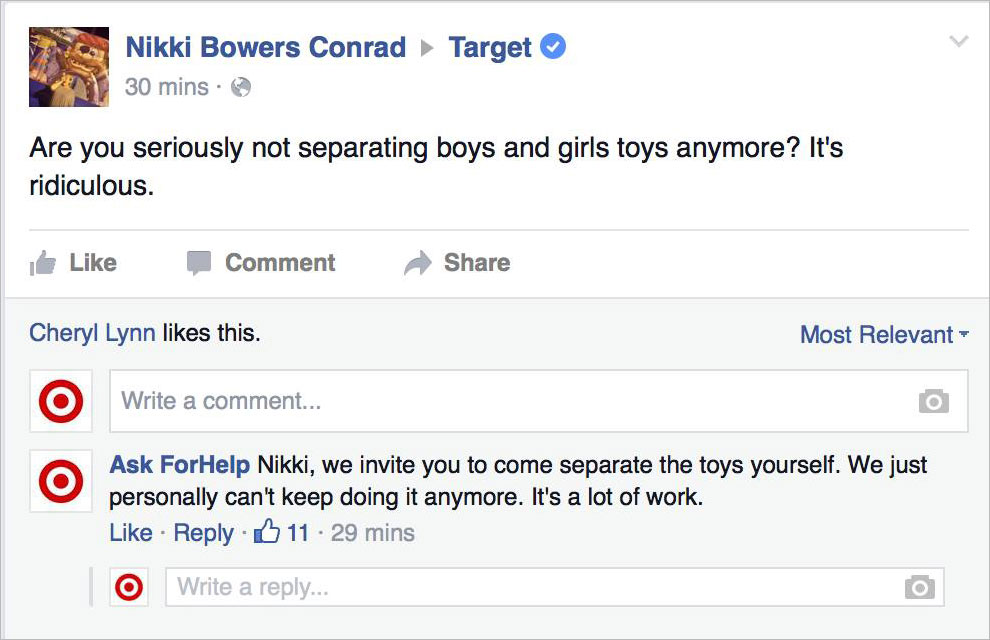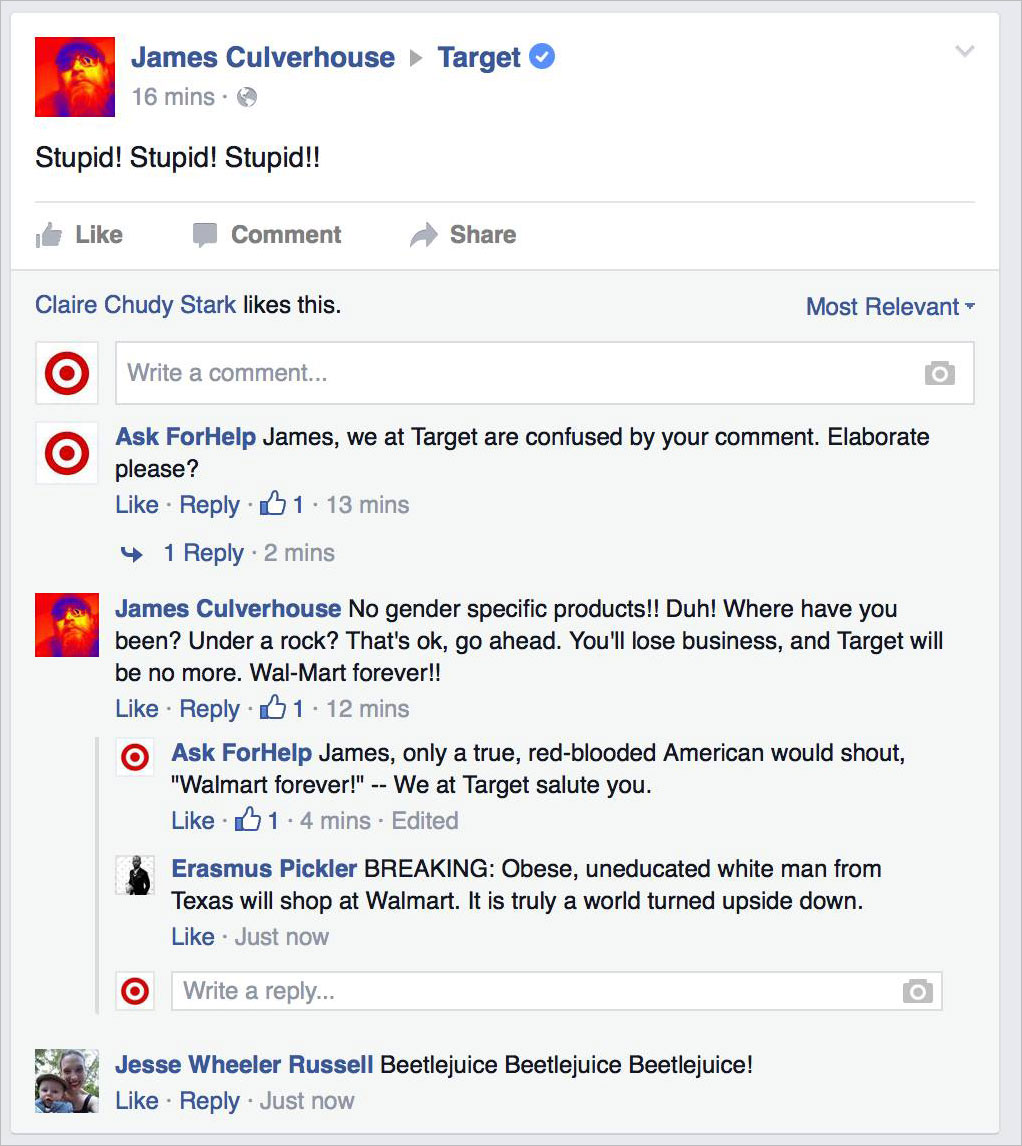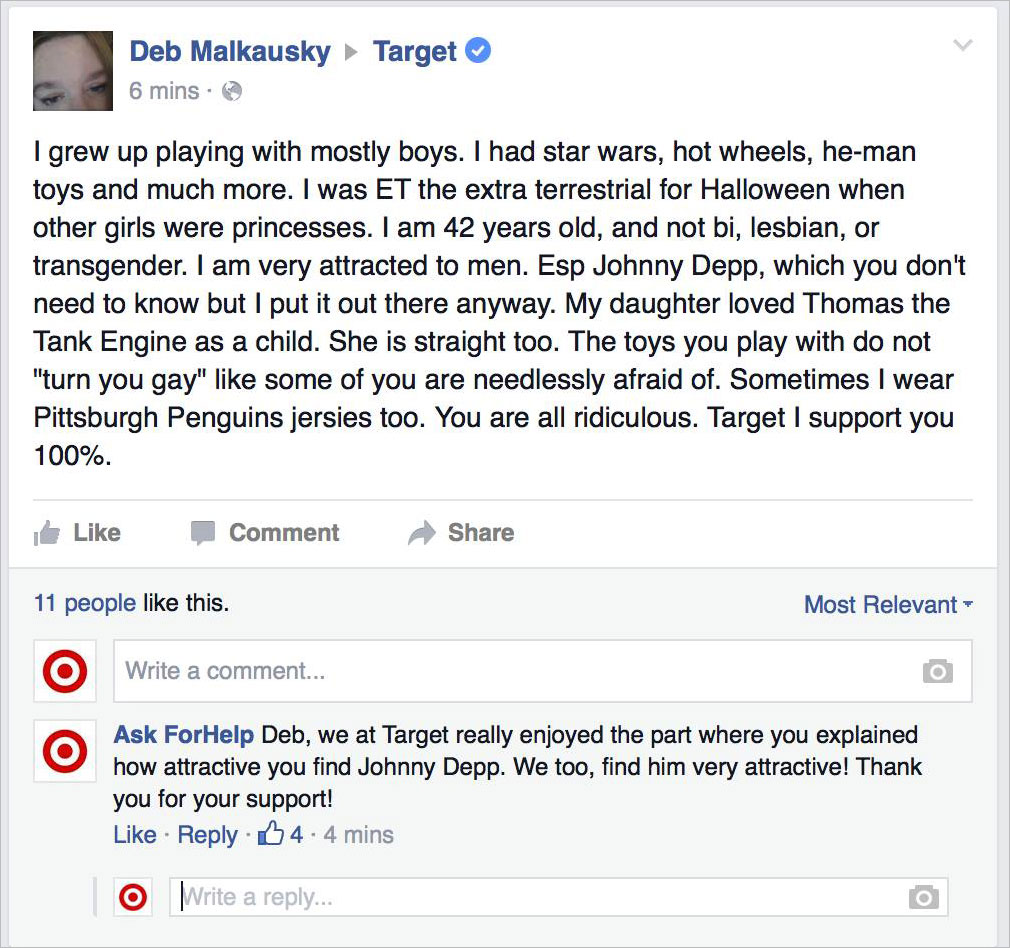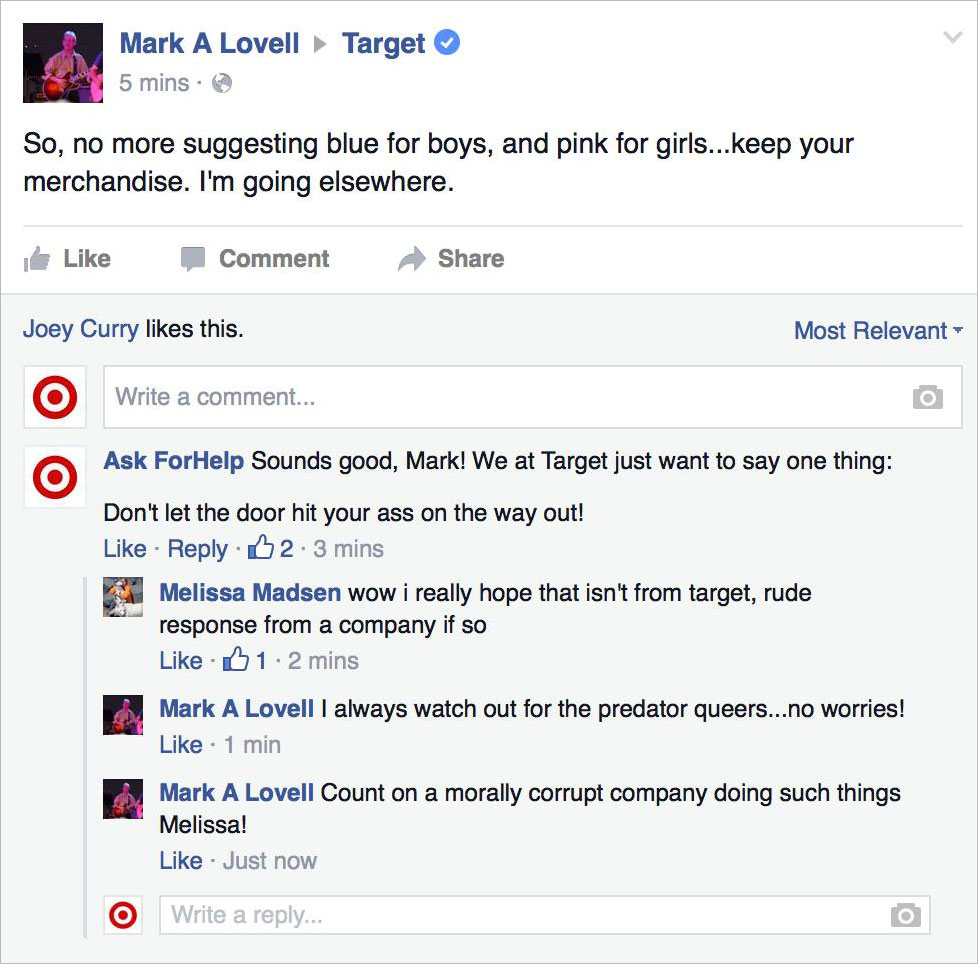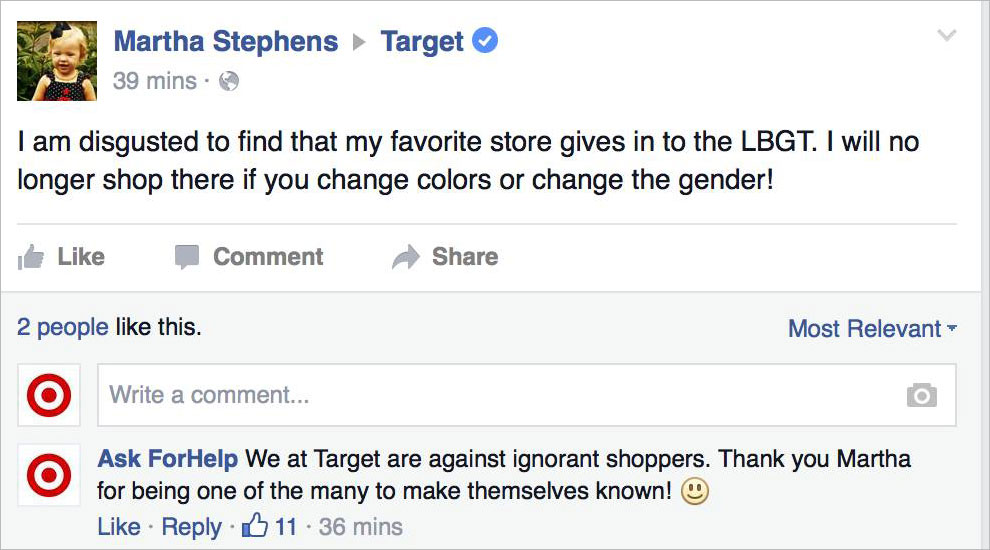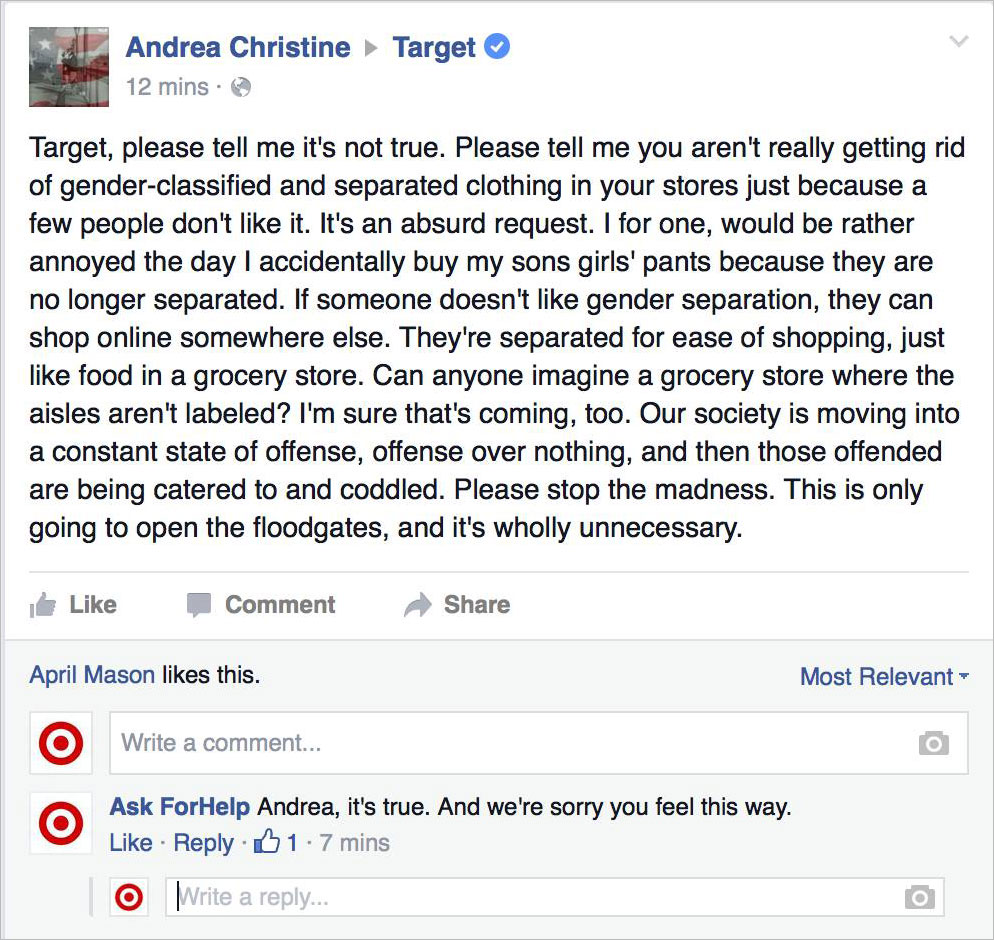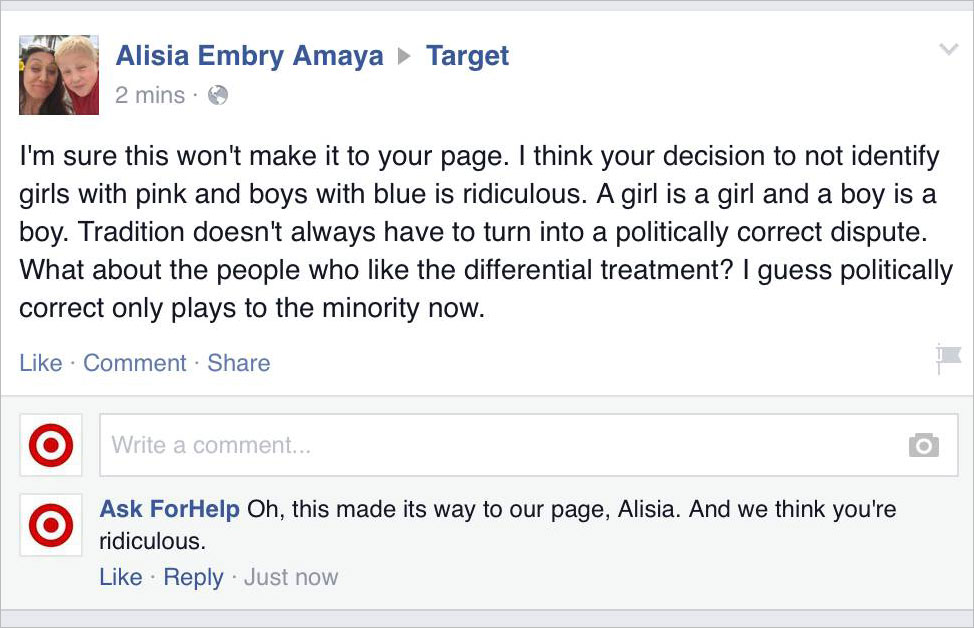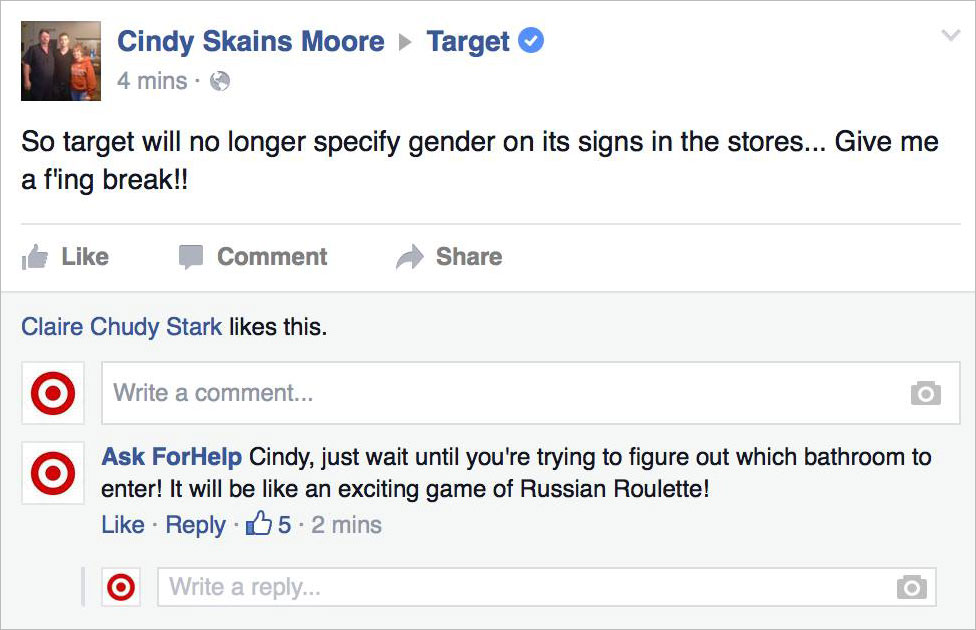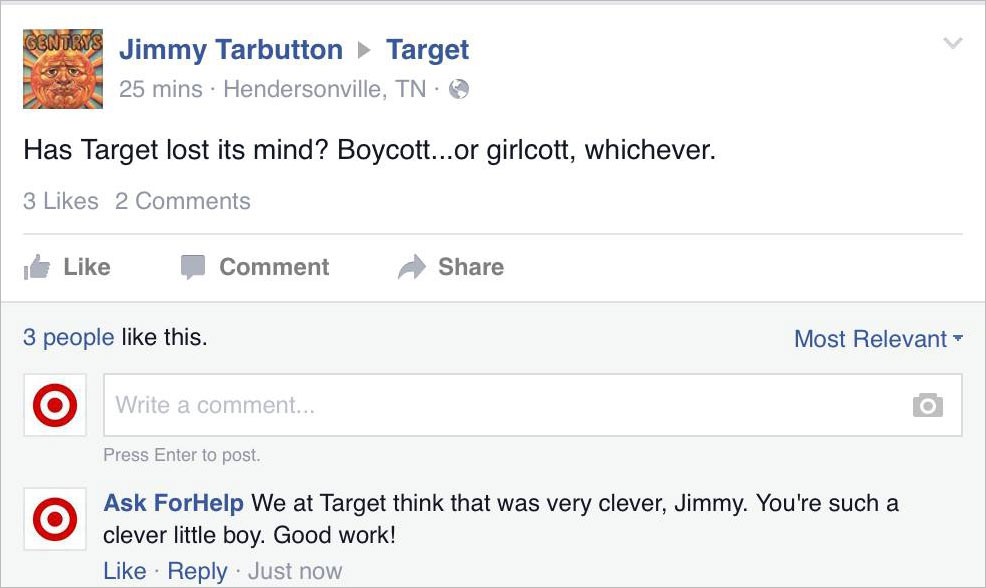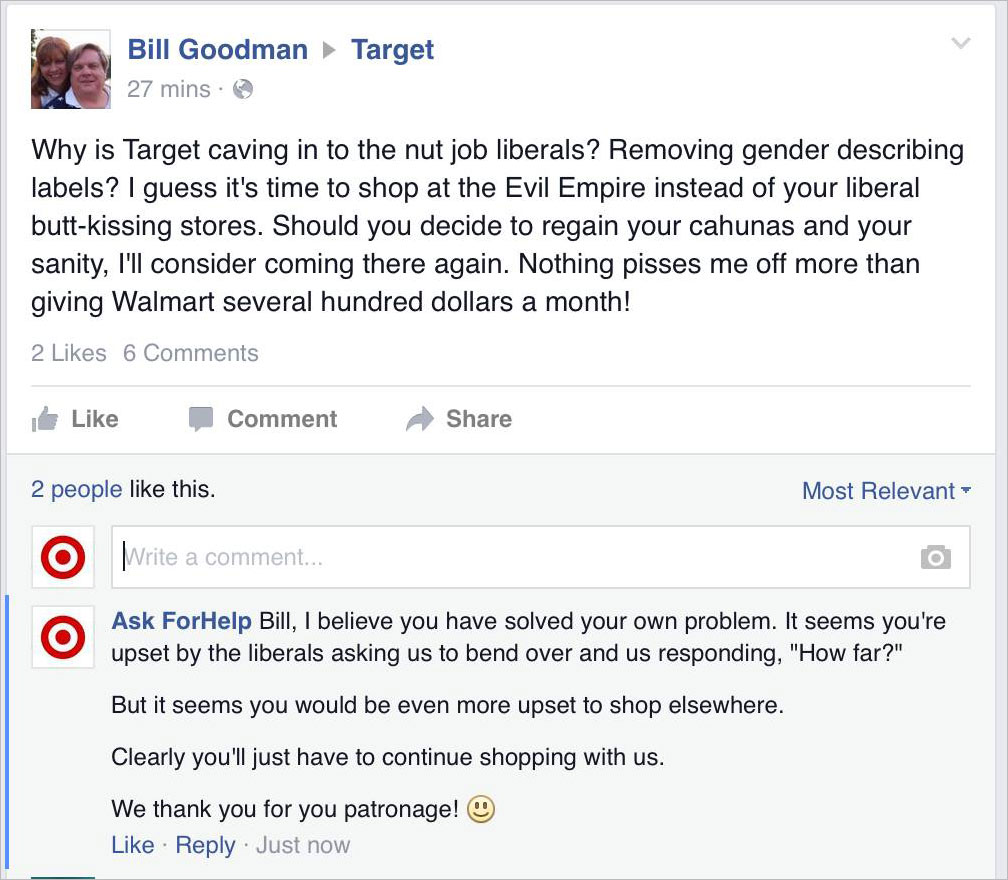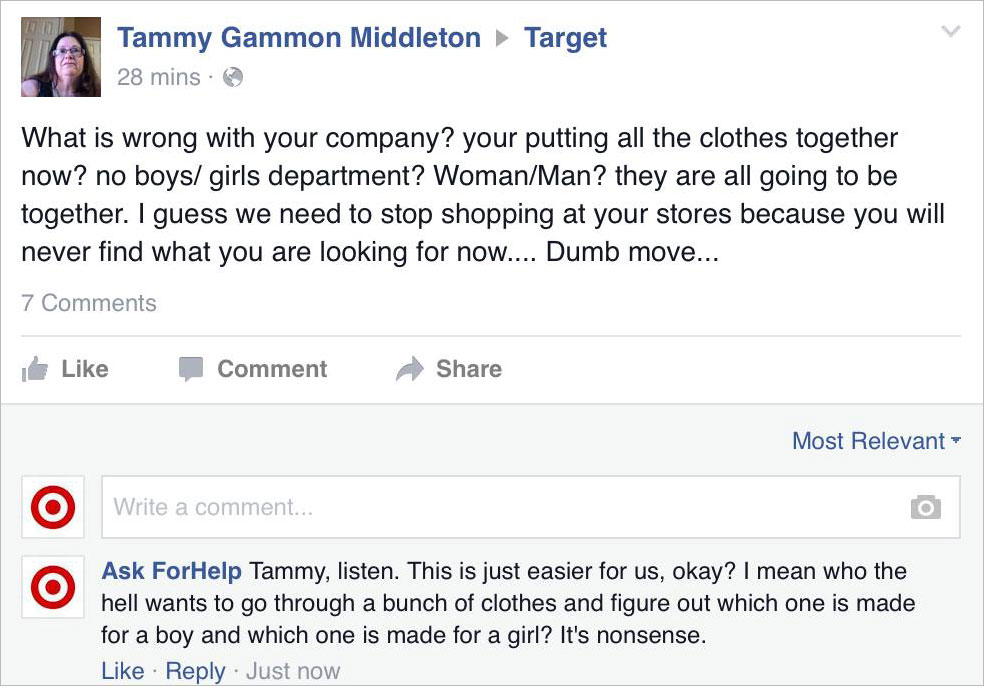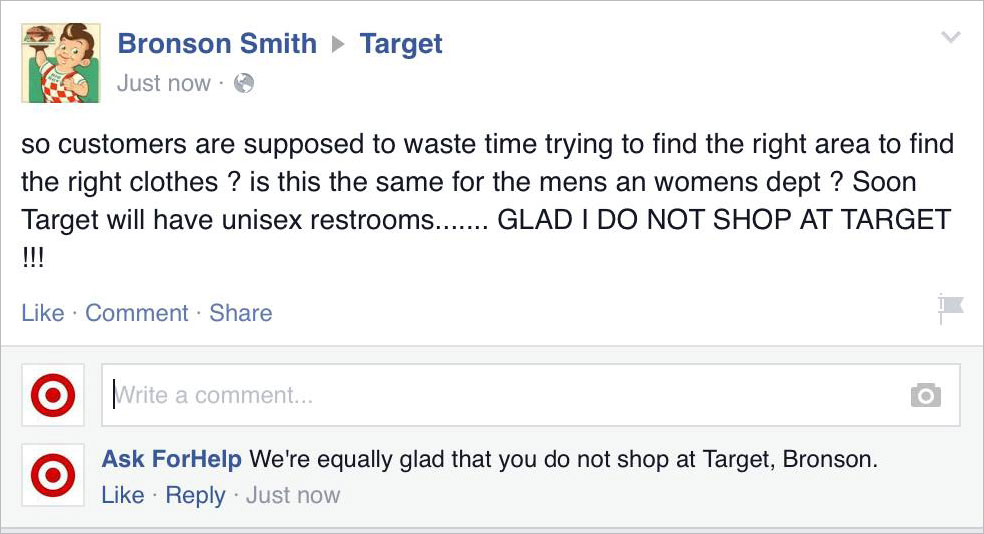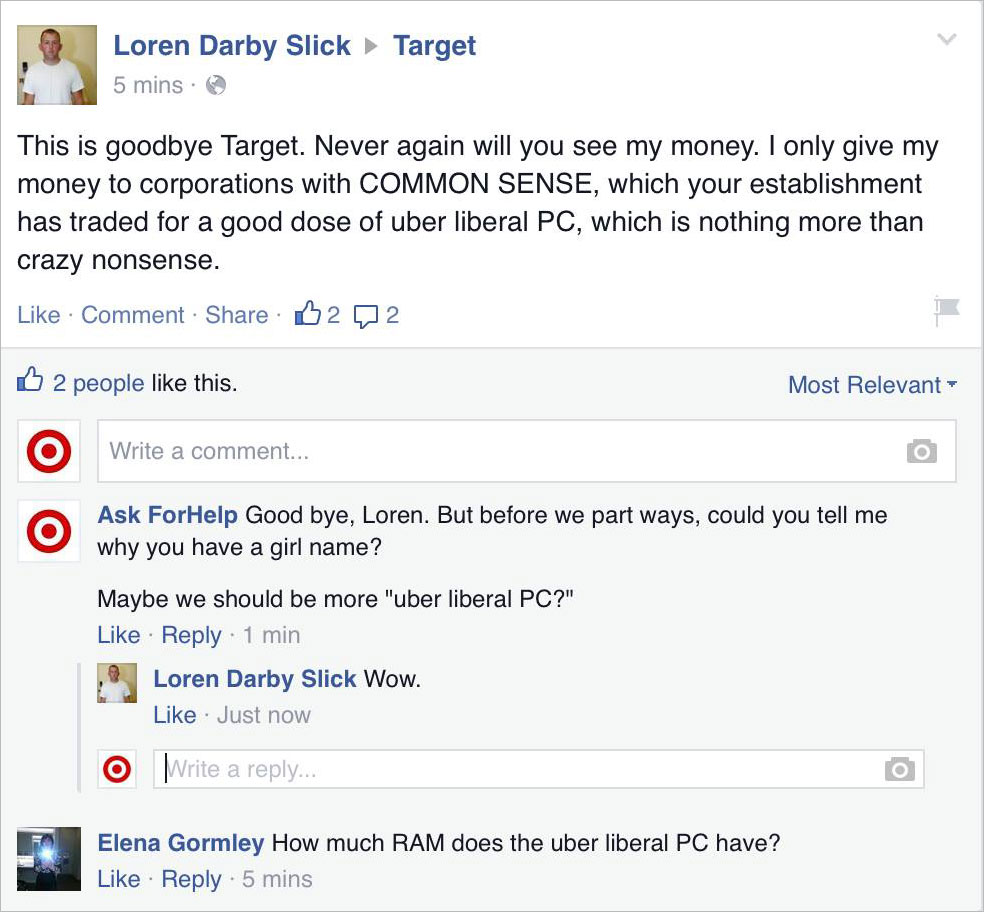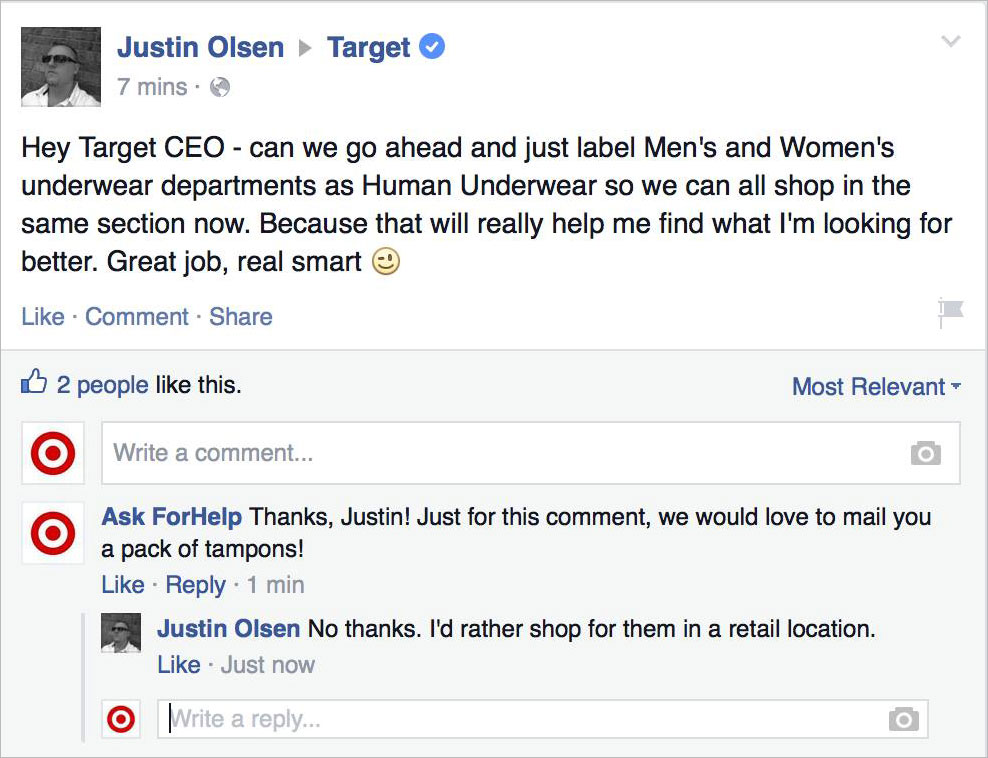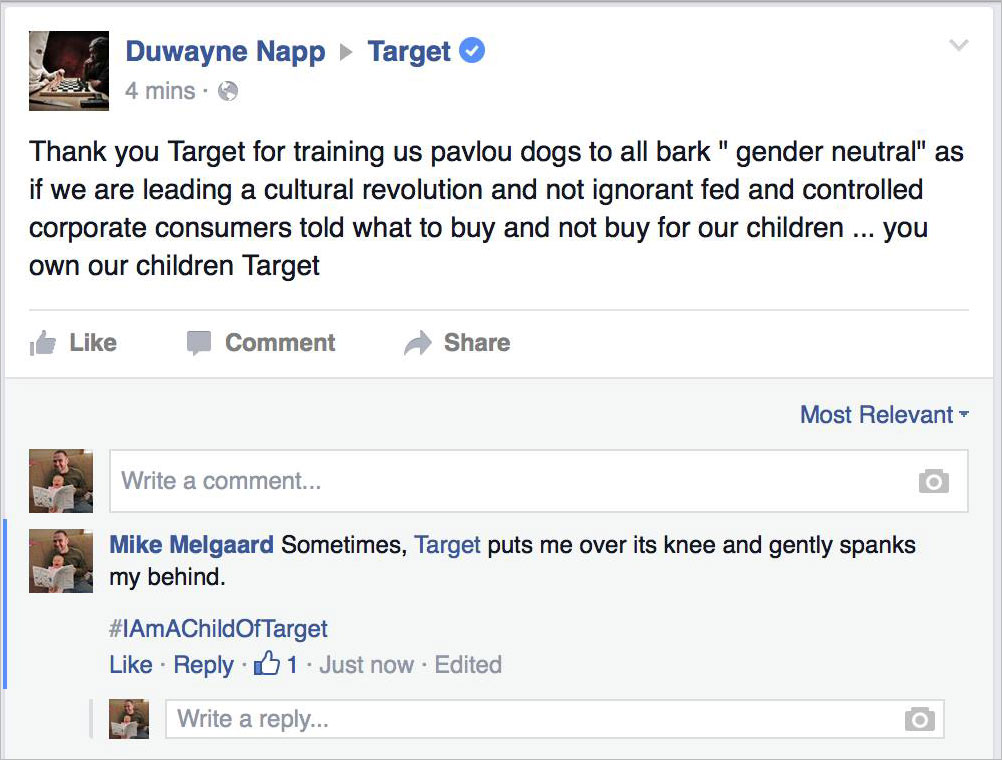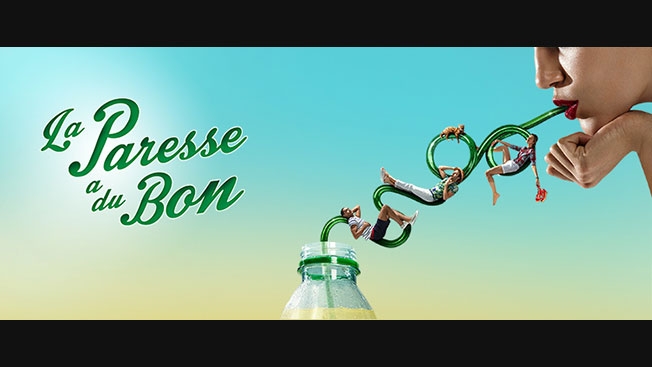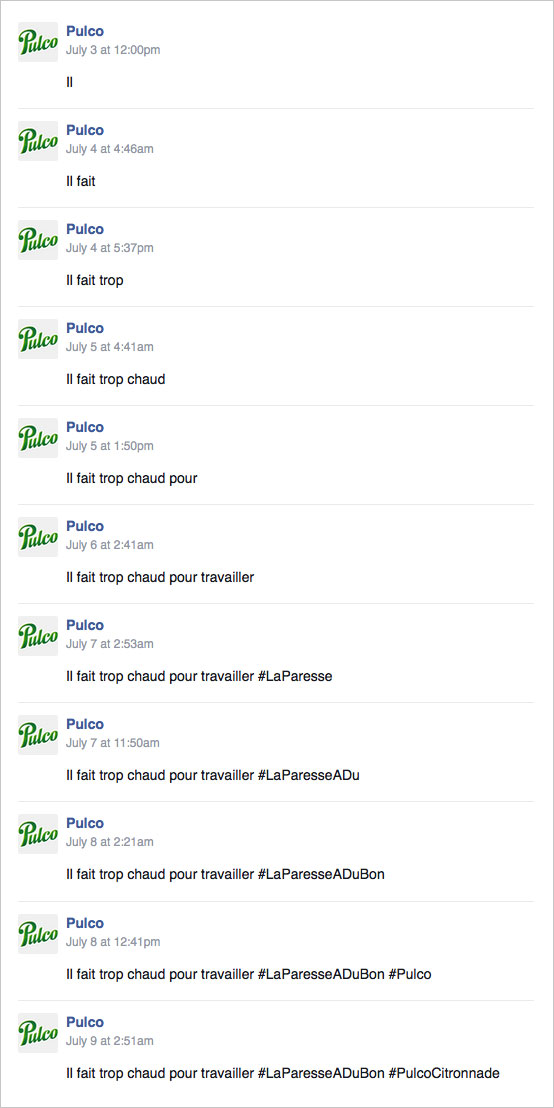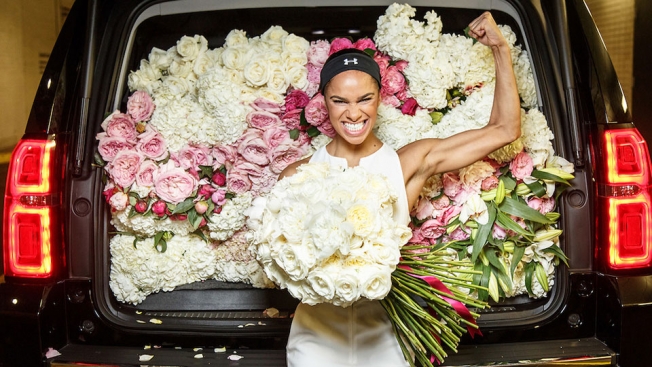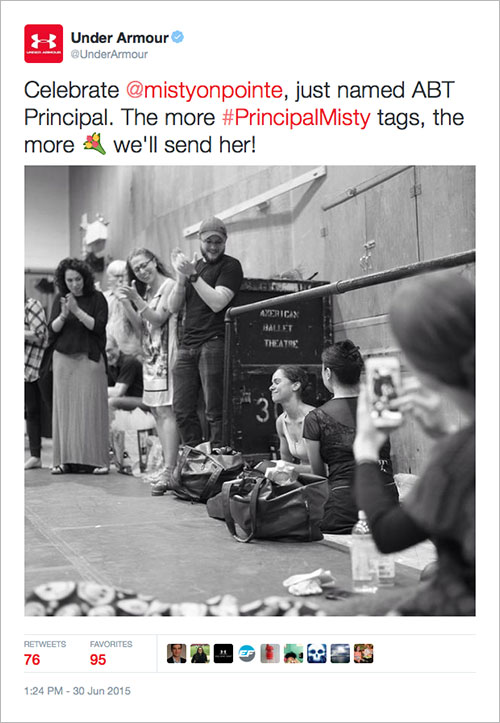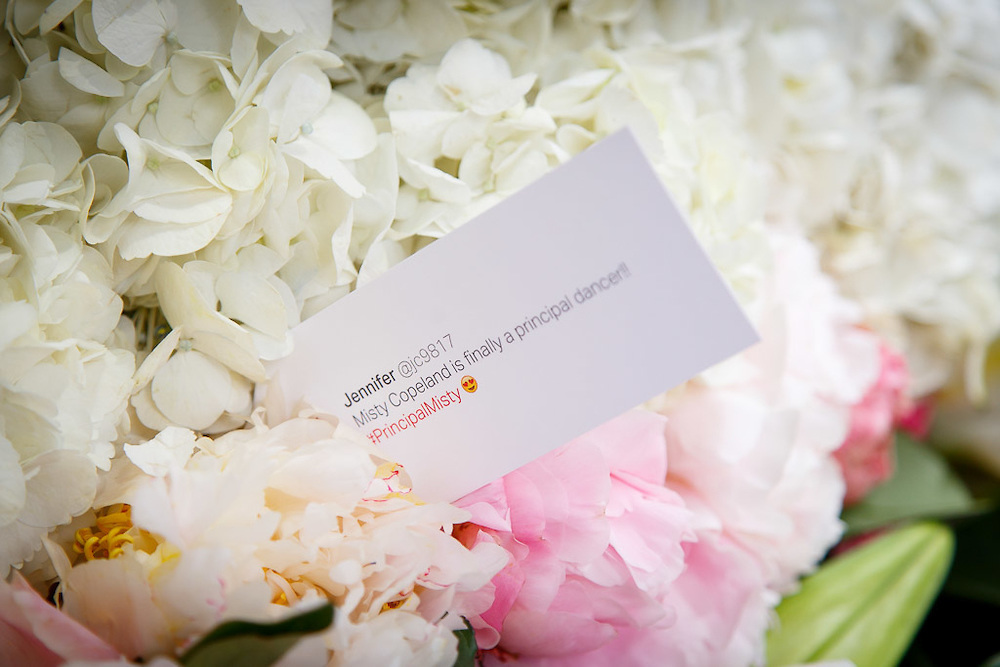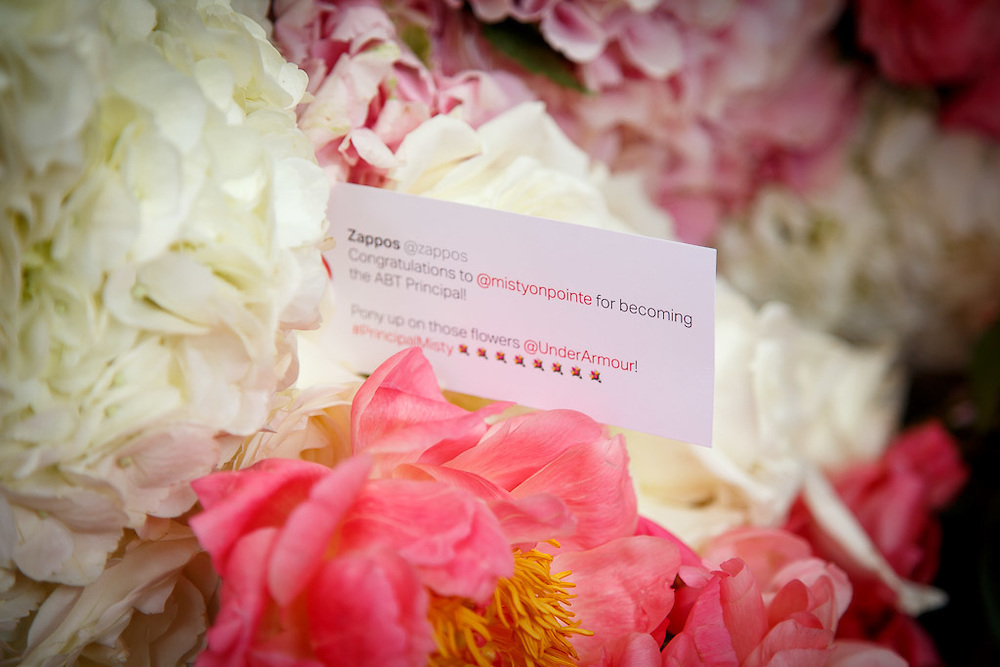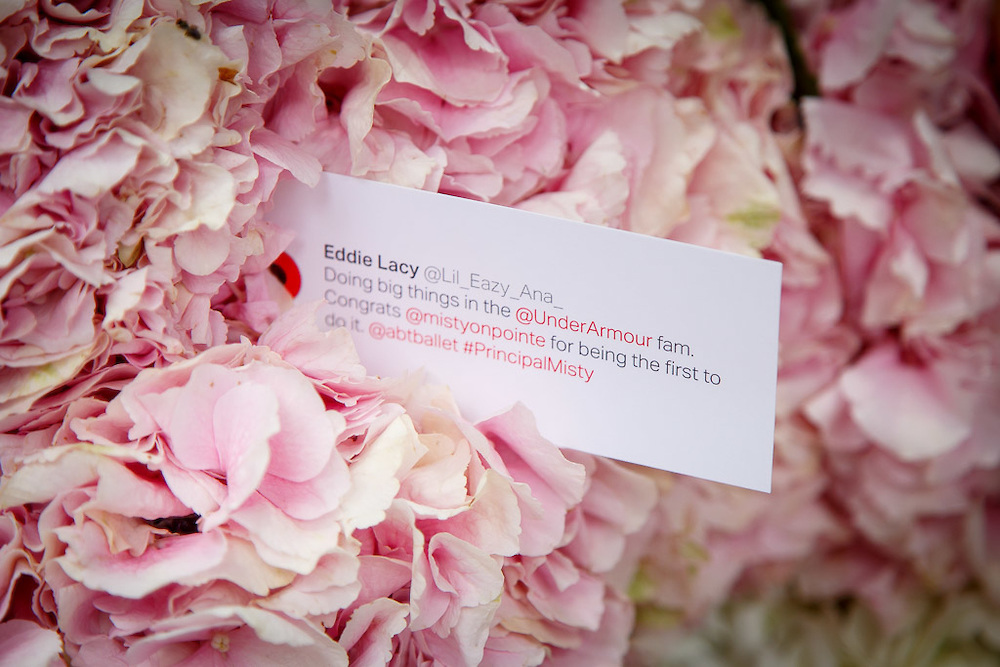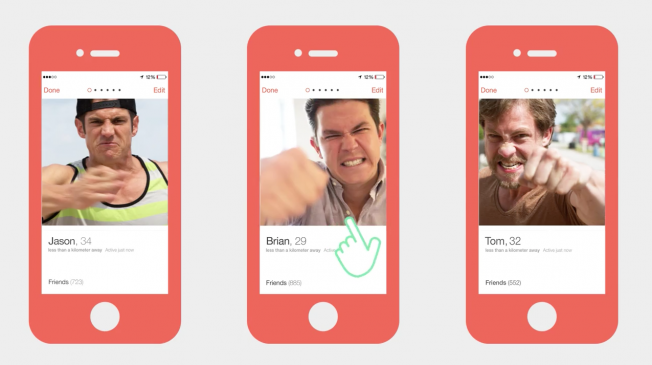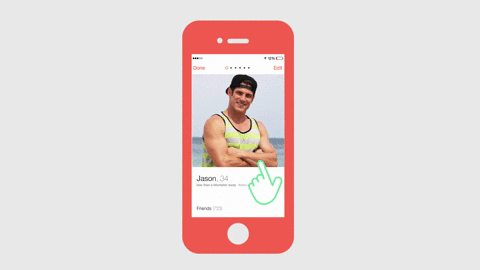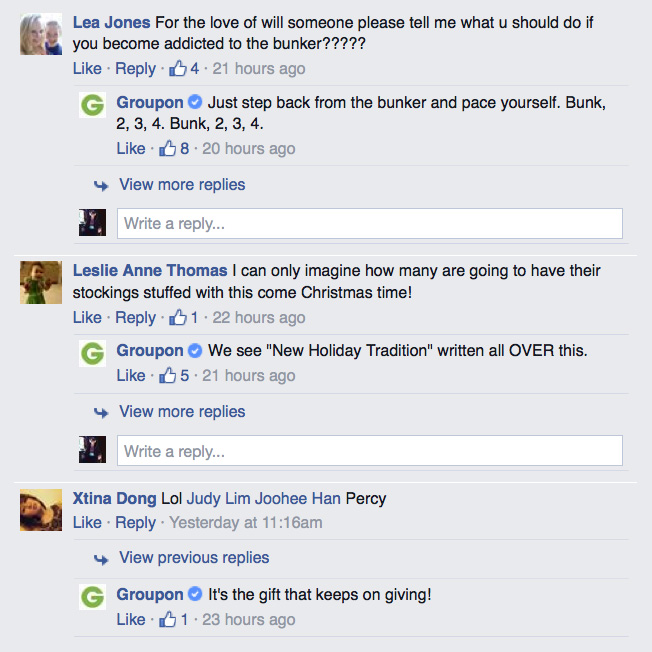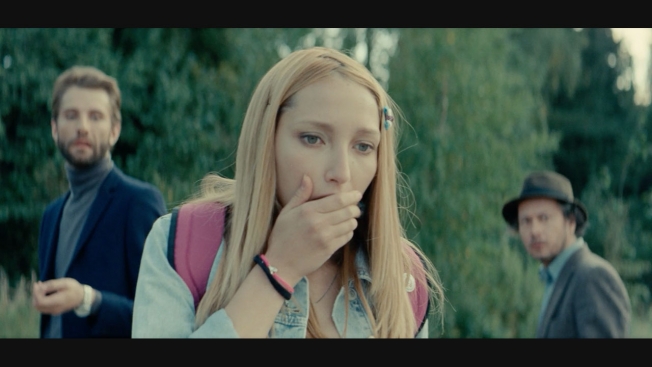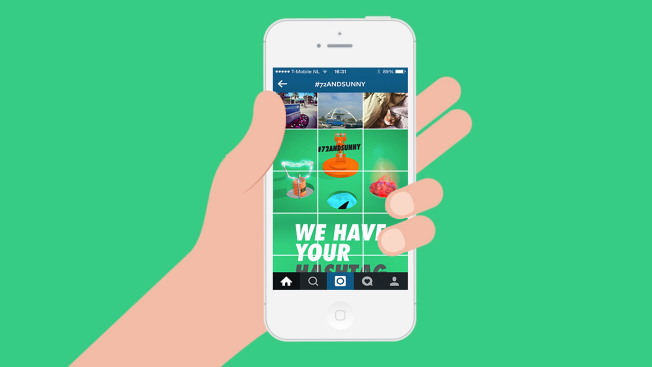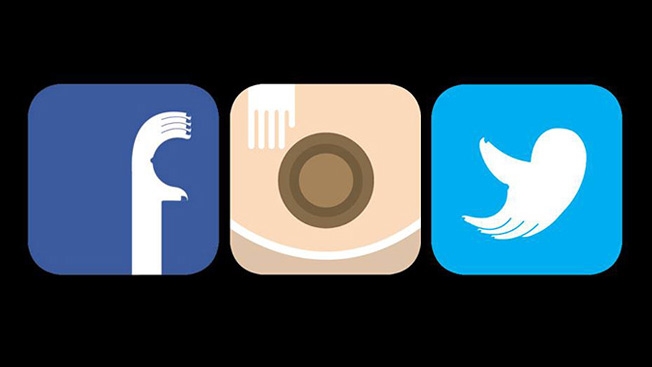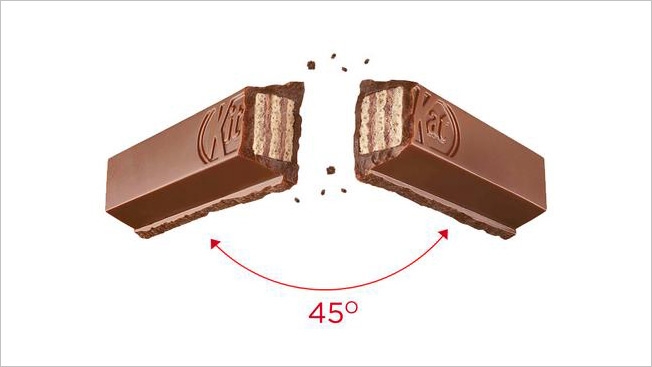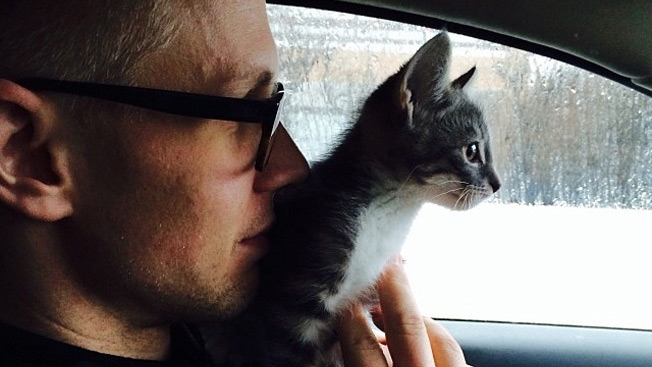

Some people think animated GIFs are stupid. Some find them charming. Possibly because of this rift, Twitter seems caught in a pictorial purgatory that makes everyone unhappy.
Like it or not, animated GIFs have become a massively popular form of communication, quickly evolving from passive-aggressive zingers to earnestly useful bites of video that are convenient to watch on just about any platform.
While Tumblr and newer sites like Ello have readily embraced them, Twitter and Facebook have most certainly not. Aside from last year’s quasi-hoax from Giphy, Facebook’s been pretty consistent about not wanting animated GIFs in news feeds. (I originally took this as a stance on user experience, but now that all Facebook videos autoplay silently, I realize I was a chump.)
And then there’s Twitter.
Its love-hate relationship goes back a few years. Here’s a quick recap:
September 2012: Twitter bans animated user avatars but existing ones are grandfathered in (that’s why you still see them from time to time). In fact, other than nudity and profanity, this is just about Twitter’s only restriction on avatars.
November 2013: Animated GIF service Giphy announces it’s been integrated into Twitter’s Media Cards, meaning you can (kind of) post an animated GIF in a tweet. But they were more like attachments you had to expand and didn’t show up in most Twitter streams. And you were restricted to using Giphy images instead of any animated pic you liked.
June 2014: Twitter Support announces you can “share and view animated GIFs on Twitter.com, Android and iPhone.” But that’s not entirely true, since what you’re sharing is a GIF that’s been converted into a looping MP4 video file, meaning you have to click to watch it.
September 2014: Popular GIF service Twitpic announces it is shutting down due to the high cost of a trademark battle with Twitter. This is especially bad news for animated GIF lovers who rely on the third-party service to share animations on Twitter. However, Twitpic announces a few days later that it has been acquired and will stay alive after all.
Where things stand now
We did test runs on the three most common options for posting an animated GIF to Twitter. We tried out Twitter’s built-in media upload feature, the popular Giphy database and the scrappy third-party Twitpic. We tested each on the Web, in TweetDeck and in the official Twitter mobile app. The result are below.
Spoiler alert: Each is flawed, cumbersome and questionably worth the effort.
Excited? Great! Here we go!
1. Posting an animated GIF directly to Twitter or TweetDeck.
This is definitely the easiest route, but it has the huge setback of not actually appearing as an animated GIF in people’s streams, and on TweetDeck it looks like total garbage.
How it looks on Twitter:
How it looks on TweetDeck:

How it looks on Twitter’s mobile app (Android):

(Clicking the thumbnail would play the GIF, which is actually converted into an MP4.)
Conclusion: It doesn’t autoplay, it’s not really a GIF, and it doesn’t work on TweetDeck, even though the desktop and Web app was acquired by Twitter way back in 2011. So I wouldn’t call this a great platform for sharing GIFs. Because it doesn’t.
2. Posting an animated GIF via Giphy:
I got a “forbidden” error when I tried uploading my test GIF to Giphy, but I was able to find a similar one already in the site’s database. I then clicked to share via Twitter, which automatically populates your tweet with a Giphy URL and lets you edit the tweet before posting. As you’ll see, the end result is mixed.
How it looks on Twitter:
(While Giphy was the only one of the three options that actually autoplays the GIF in a Web tweet, this only works if you embed the tweet like I’ve done here. In a user’s Twitter stream, it’ll just look like text and a link unless the follower clicks to expand the tweet. In other words, it’s likely to get overlooked by Web users on Twitter.com but would look good if dropped into a blog post.)
How it looks on TweetDeck:

How it looks on Twitter’s mobile app (Android):

(Clicking the link expands it to a video thumbnail, which you have to click again to watch on Giphy.com. Bleh.)
Conclusion: You still don’t get your animated GIF into the stream on TweetDeck, and on mobile it’s barely noticeable. It does look good on the Web when expanded or embedded, but not too many active Twitter users see tweets that way. I’m not altogether condemning Giphy as a service, but I would say its role as a tool for sharing animated GIFs on Twitter has likely been overstated.
3. Posting an animated GIF via TwitPic:
At AdFreak, we’ve been using TwitPic for a while now as our animated GIF tweeting service of choice. It autoplays GIFs in TweetDeck, which a lot of our readers seem to use. So you can see why we, like many others, were disturbed to hear the service was being shuttered and then relieved to hear about its stay of execution.
How it looks on Twitter:
How it looks on TweetDeck:

(Hey hey, it worked! Twitpic was the only one of these three options that actually played a GIF in stream on TweetDeck.)
How it looks on Twitter’s mobile app (Android):

(Clicking to expand the tweet only shows it as a still image. You have to click the link to view it as an animation on Twitpic.com.)
Conclusion: Twitpic is great for TweetDeck but looks pretty bad on mobile and Web. But with no TweetDeck support for animated GIFs from Twitter itself, playing in stream is a pretty good selling point for Twitpic.
It’s worth noting that my Twitpic posts were the only ones to get a positive reaction from followers, likely because many of my friends are TweetDeck junkies:
In Summary
Tweeting animated GIFs, for now, is still like trying get to the grocery store by riding a tricycle made of wet cardboard and rusted coffee cans. You’ll eventually get there, but you’ll look and feel like an idiot most of the way.
Which service you should use really depends on your audience. If most of your followers are mobile-savvy millennials on the go, Twitter’s native upload feature is probably best, though it’s still disappointing and (again) doesn’t actually use animated GIFs.
If your audience is more likely to be Twitter power users savvy with TweetDeck, I’d stick with Twitpic (while it exists).
Hopefully Twitter will get past its conflicted feelings on GIFs soon and decide to either support them 100 percent or block them outright by forcing them into click-to-play MP4 videos. I wouldn’t bet on seeing autoplaying GIFs in all your streams anytime soon, though. And with Twitpic being an outlier that’s already in the crosshairs of Twitter’s legal team, I wouldn’t get too comfortable with that being a long-term option, either.
Everything’s crappy and nothing works like it should. Welcome to the future, everybody.






![]()









